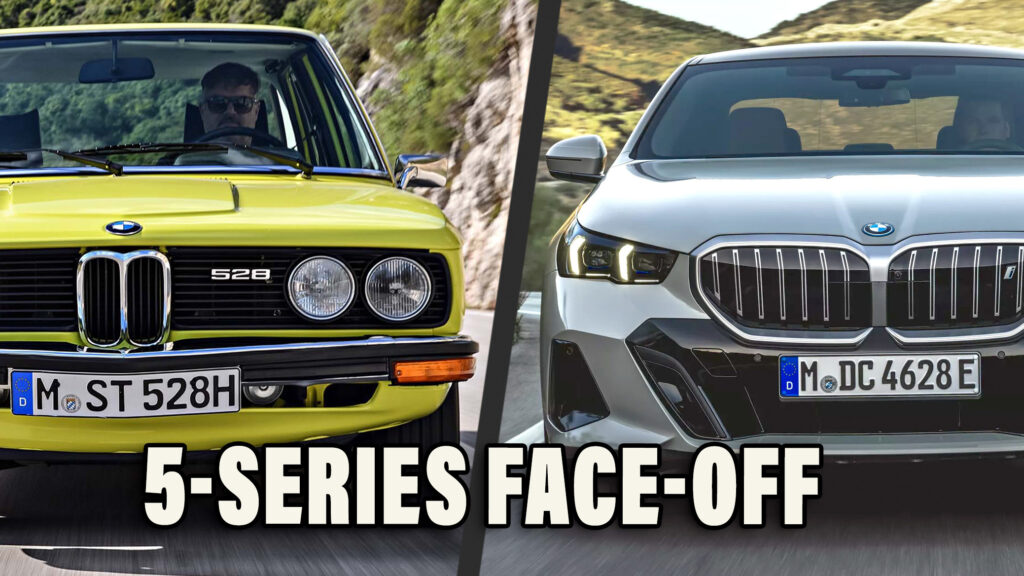With the introduction of BMW‘s all-new G60, codenamed 5-Series, and its first-ever electric counterpart, the i5, earlier this week, we have revisited and updated our original article below.
BMW was so busy celebrating 50 years of M last year that it let another major half-century anniversary pass by unmentioned. While we can now recognize that Jochen Neerpasch setting up BMW’s motorsport department in 1972 was a seminal moment, the arrival of the first ever 5-Series that same year was a far more important event to the buying public at the time.
But with this year’s just-revealed, all-new 2024 5-Series waiting in the wings last summer, you can see why BMW chose to keep quiet about the 5-Series during 2022. The new car doesn’t look radically different, but it brings with it some key changes that will shape the future of the model, most notably the i5, the first ever all-electric 5-Series.
Which of the eight generations of 5-Series do you think was the most innovative and important?
BMW 5-Series E12 (1972-1981)
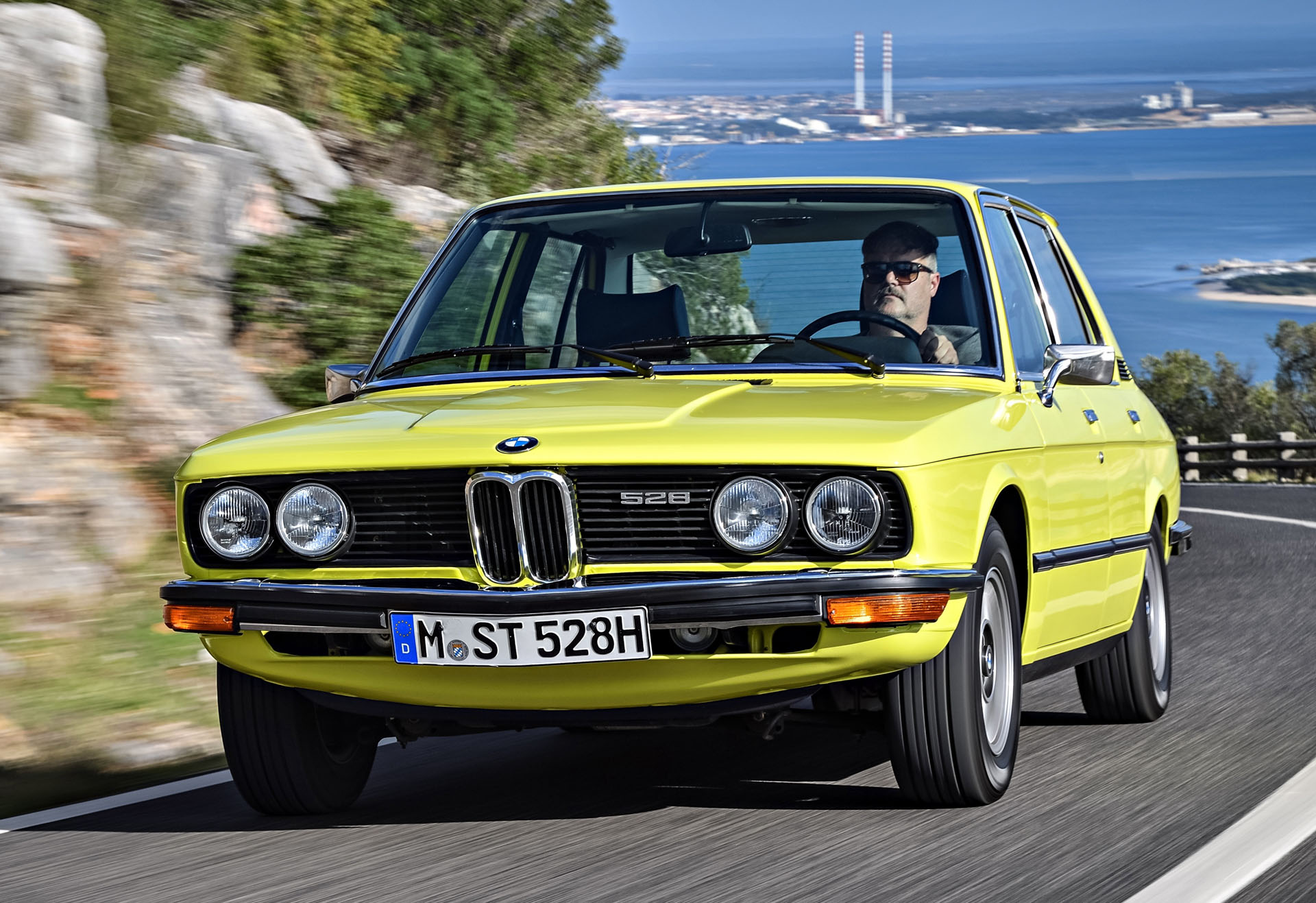
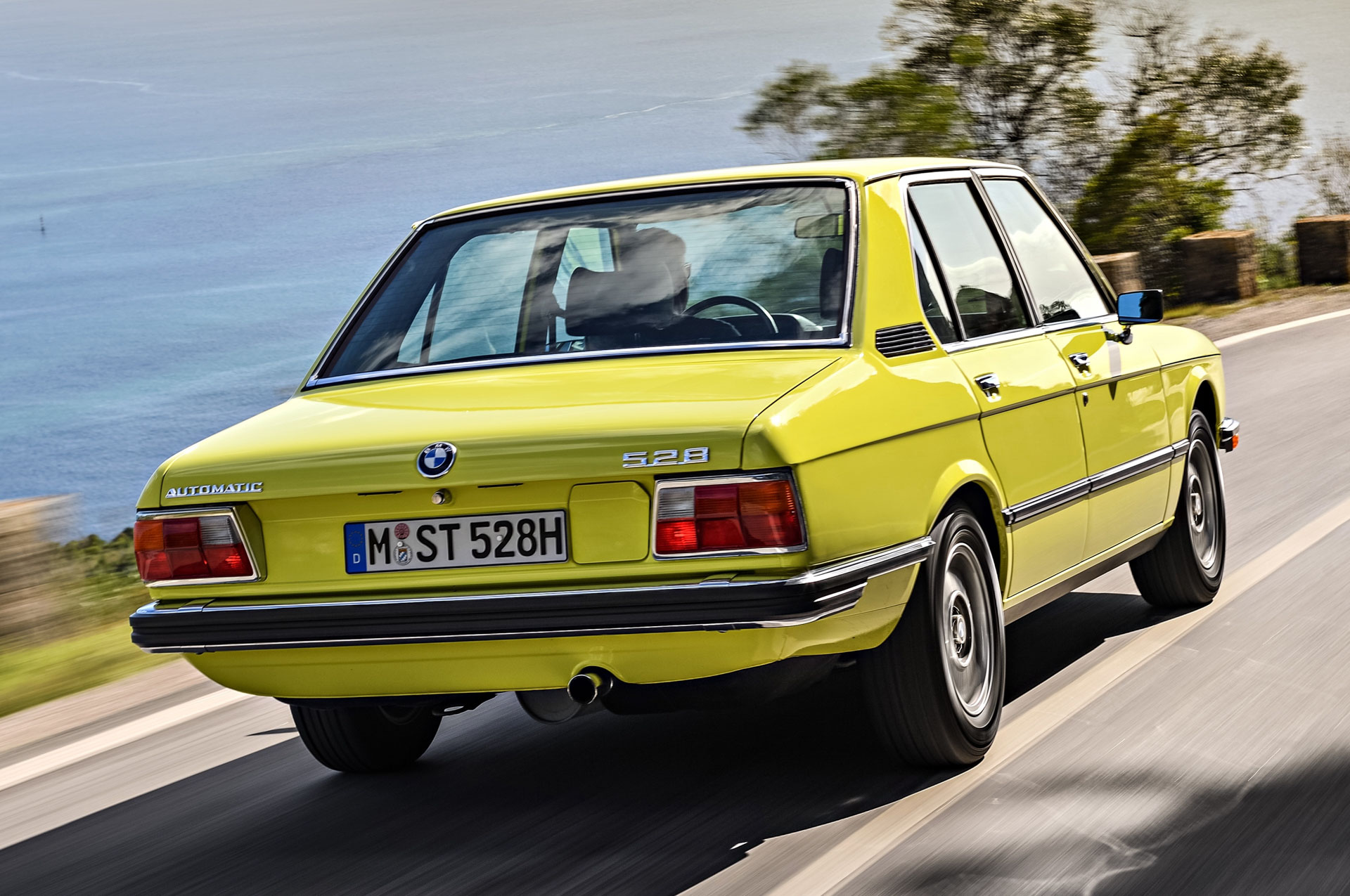
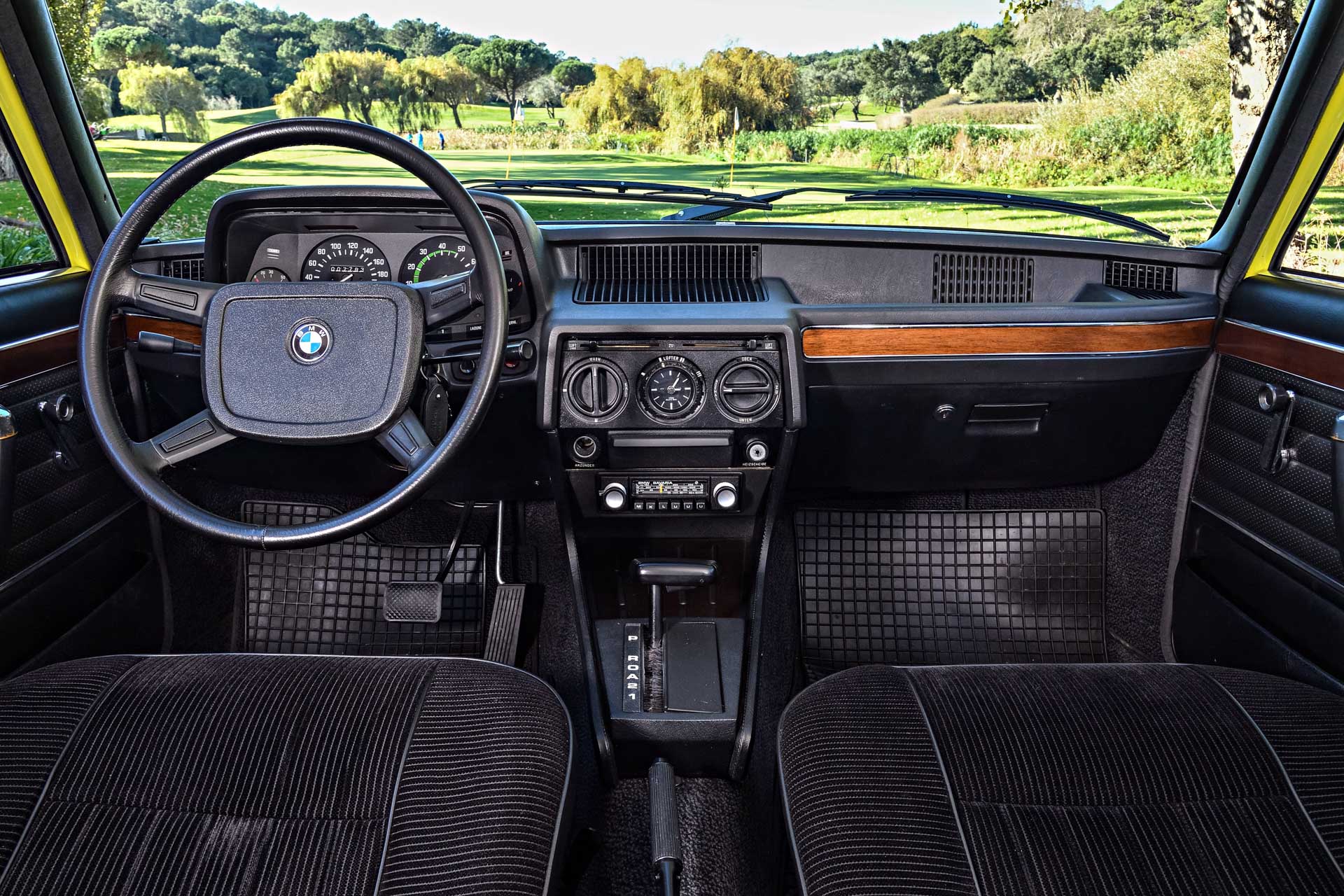
Related: 2024 BMW 5-Series Finally Revealed, $84,100 All-Electric i5 M60 Gets Top Billing
BMW’s Neue Klasse sedans saved the company from oblivion in the 1960s and helped kick off the marque’s sporty identity, so its successor had clown-sized shoes to fill. The new 5-Series mid-sized sedan was unveiled to the world at the 1972 Frankfurt Motor Show, but BMW has already dropped a big hint about how it would look when it revealed the 2200ti Garmisch coupe concept at the Geneva Salon two years prior.
Like the Neue Klasse, the Paul Bracq-designed E12 5-Series was launched with 2.0-liter four-cylinder engines, but the range expanded both up and down by the middle of the decade to include six-cylinder engines and a poverty-spec 1.8-liter four.
Fast Fives: BMW South Africa developed the 530 MLE (Motorsport Limited Edition) to homologate its successful 530 racer in 1976, and BMW M in Germany launched the M535i production car in 1980, having previously modified 5-Series cars with bigger engines and chassis upgrades on an informal basis for customers who knew who to ask.
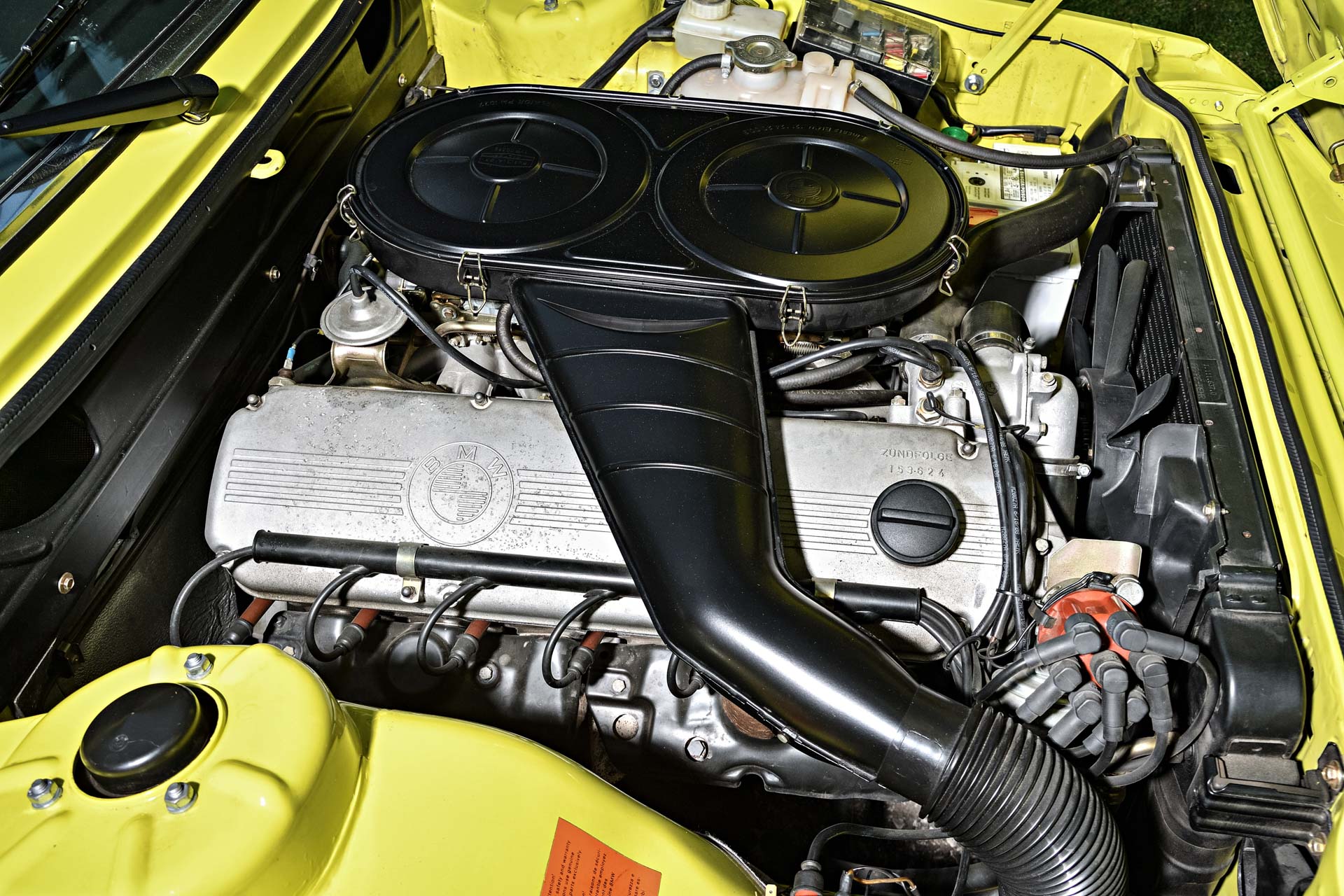
Key innovations: Brought six-cylinder power to mid-sized BMWs, gave us the first M sedan.
BMW 5-Series E28 (1981-1988)
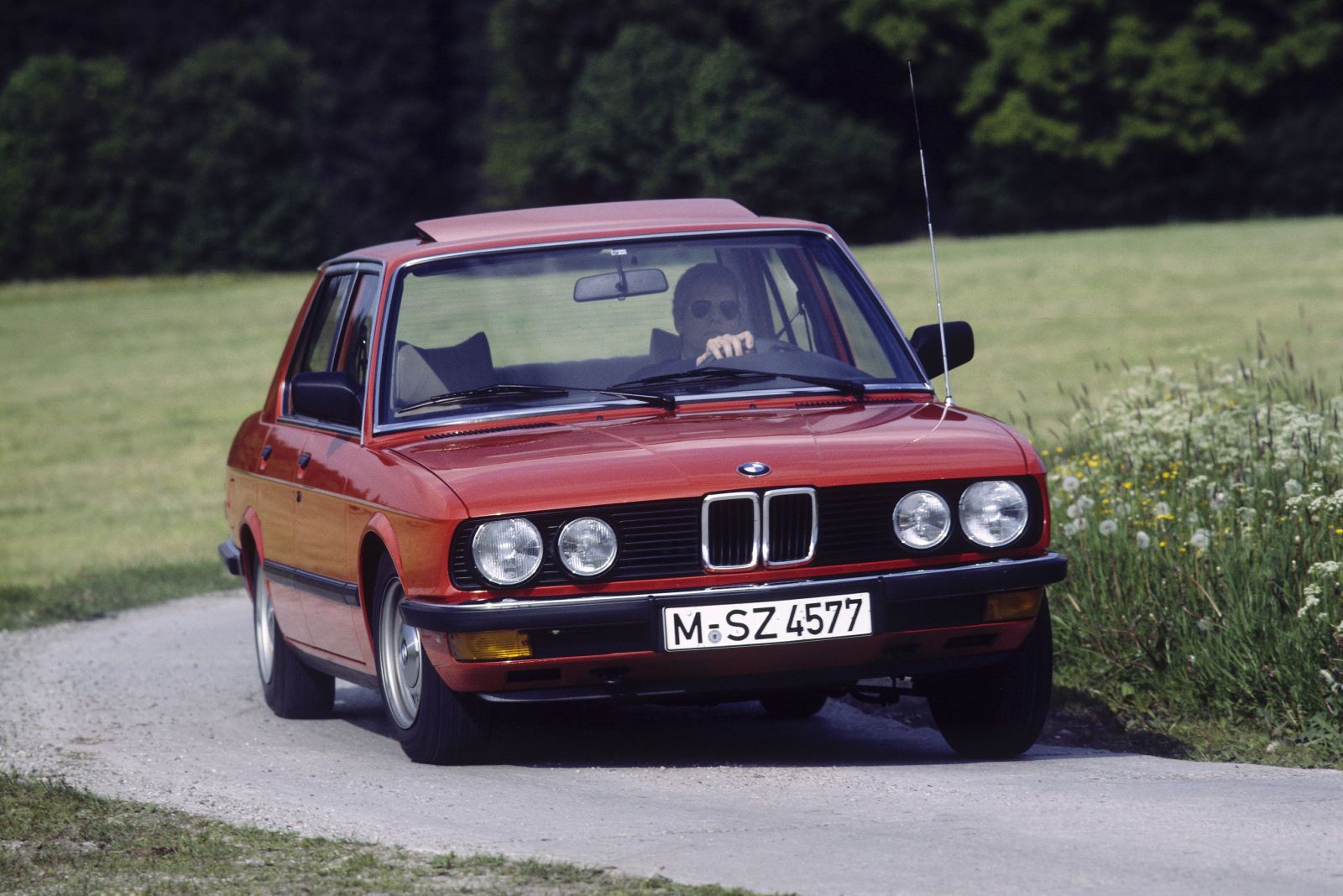
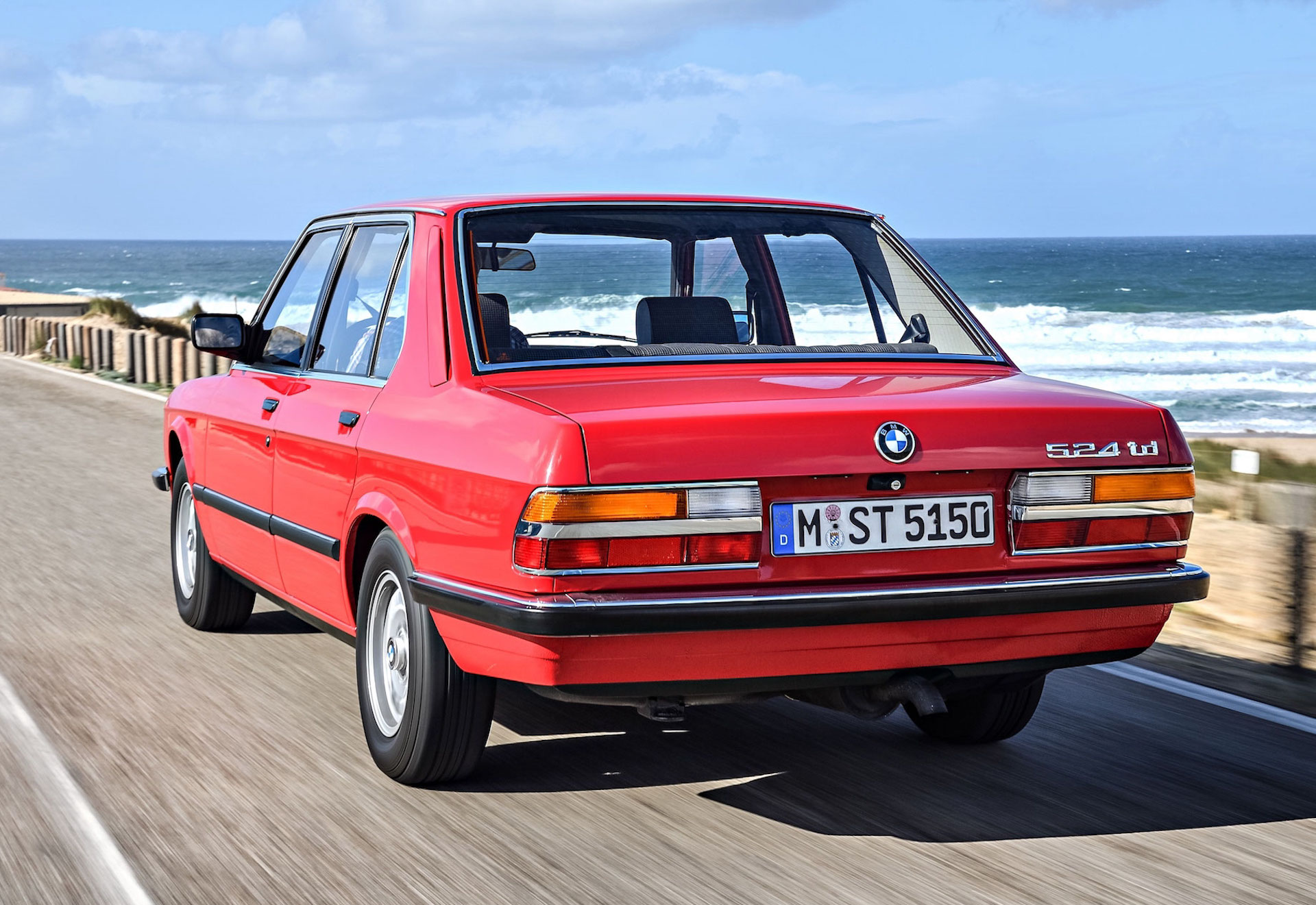
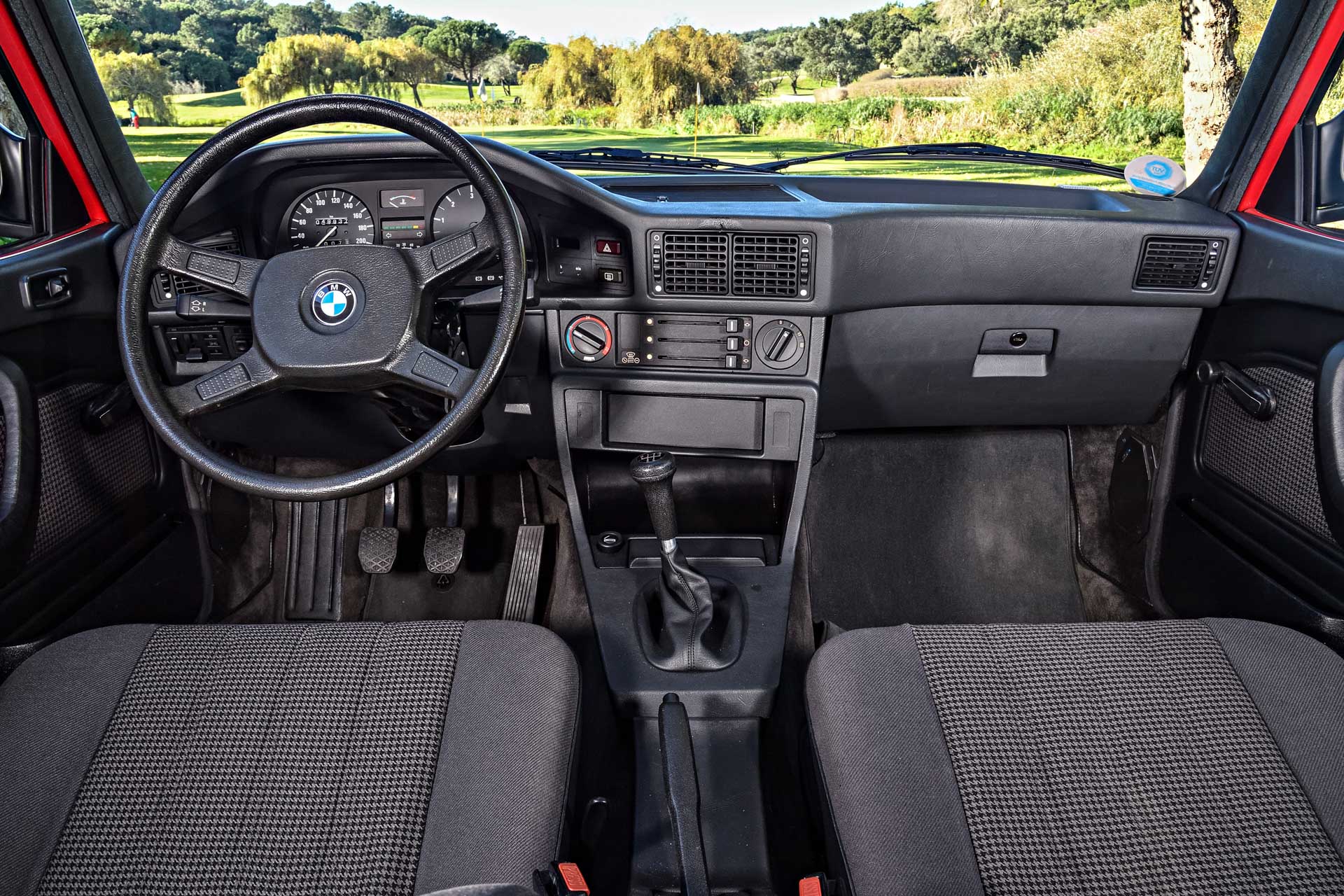
The E28 5-Series was actually more of a heavily facelifted E12 than a new car (you can swap the doors between the two). But Paul Bracq’s successor, Claus Luthe, designed a new rear-hinged hood, fattened its ass, and added a new handsome driver-centric dashboard that made it feel sufficiently different.
The mix of four- and six-cylinder engines was broadly similar, but the non-M cars were now available with a lusty 215 hp (218 PS) 3.5-liter inline six, like their 7-Series sisters, and economy-minded drivers could choose between a long-stroke, low-revving 2.7-liter 525e/528e, and a diesel 524 with (113 hp/115 PS) and without (just 84 hp/86 PS!) a turbo.
Fast Fives: BMW dropped in a 282 hp (286 PS) version of the M1 supercar’s DOHC M88 (256 hp/260 PS S38 in U.S.) to create the first M5, then threw some M cosmetics at the regular 535i to make an M5-lite, the M535i.
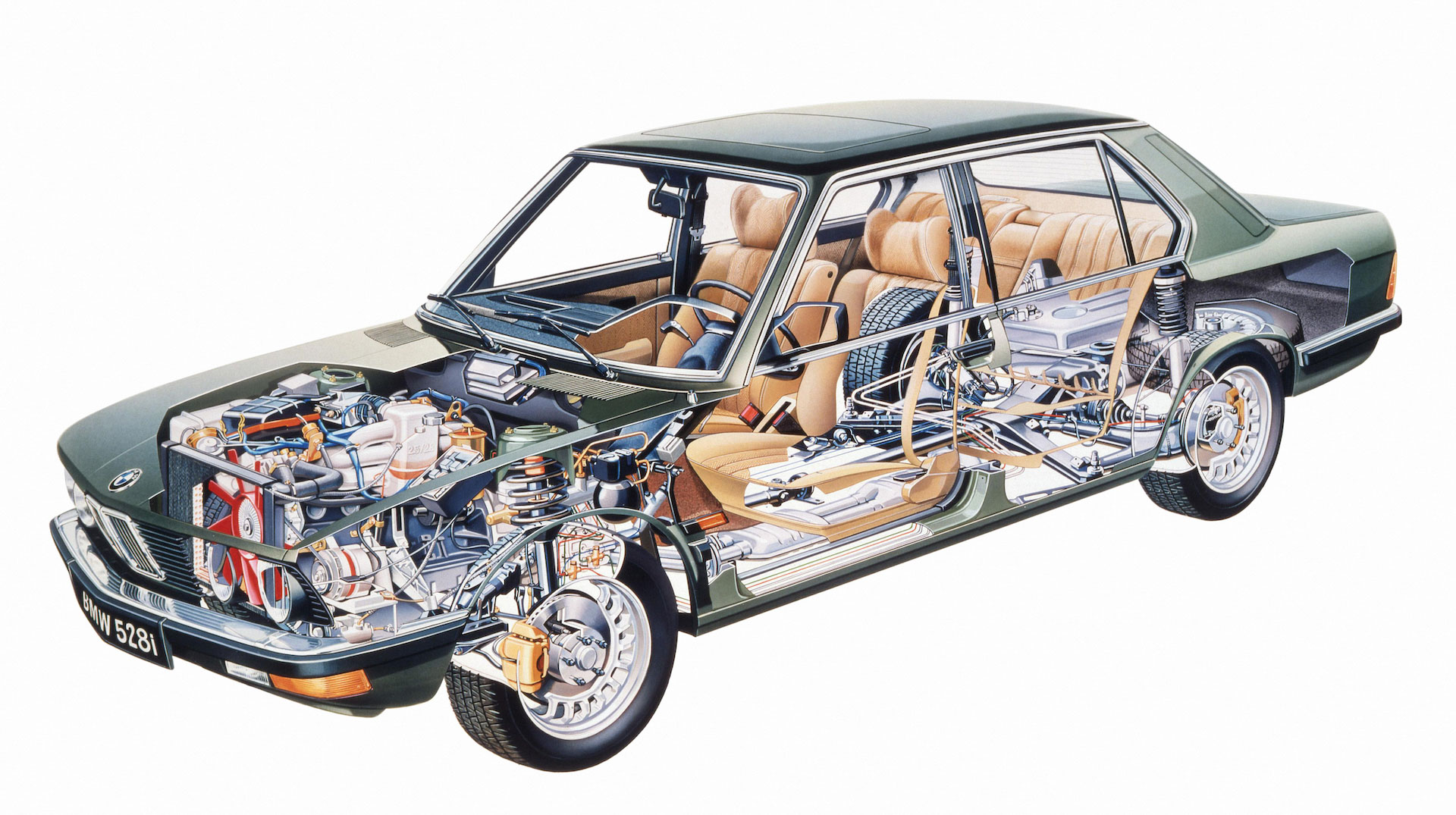
Key innovations: ABS, dual-link front suspension, digital trip computer, vehicle system check panel in overhead console.
BMW 5-Series E34 (1988-1996)
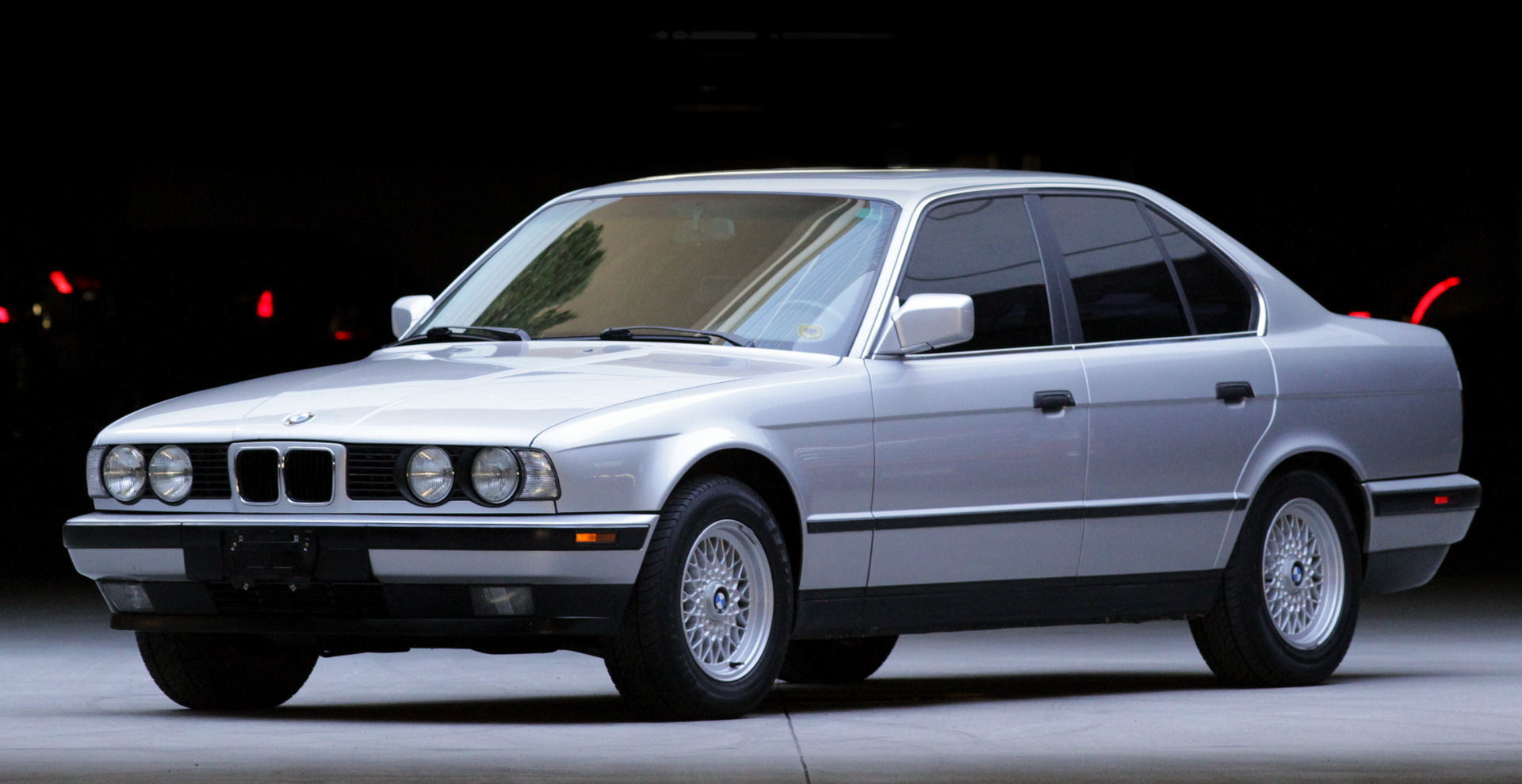
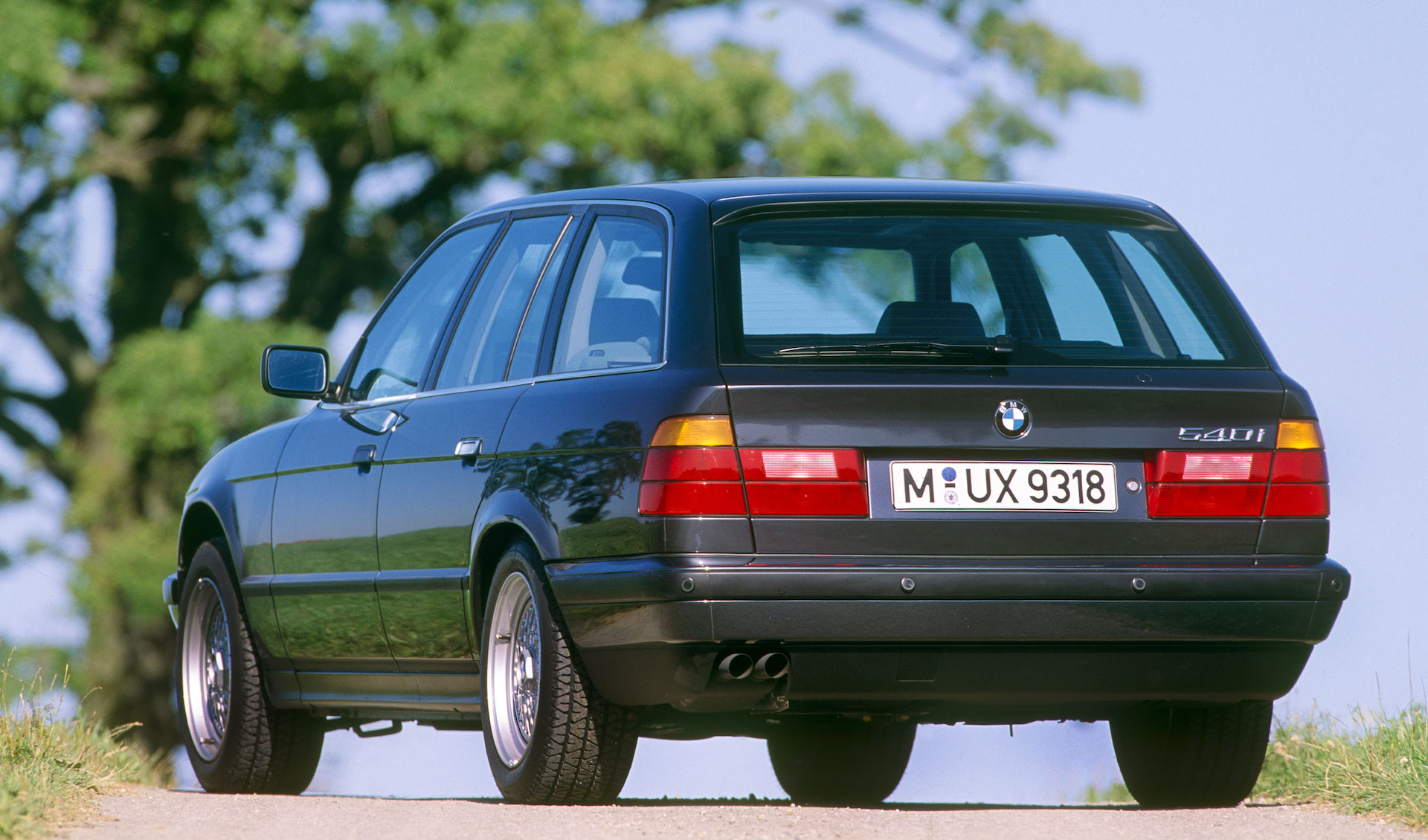
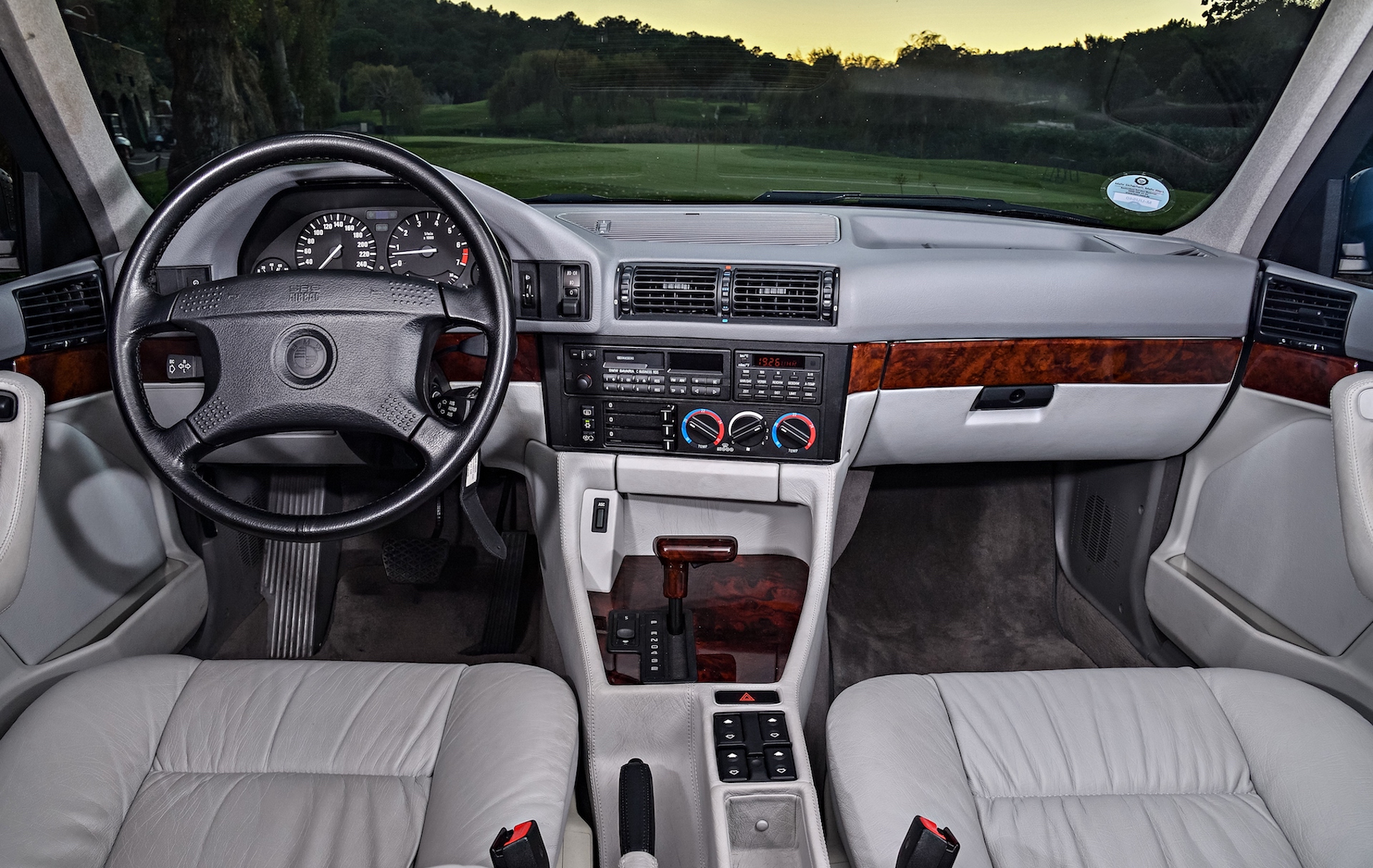
Related: 2023 BMW M4 CSL Is A Track-Inspired, Carbon Fiber Clad Rocket Ship Starting At $139,900
The 5-Series matured dramatically during the E34’s tenure, introducing tons of new features, and the crisp styling means it still looks tight today. It was also a sales smash, BMW shifting twice as many E34s as it did E28s, yet this model is probably one of the series’ more forgotten generations.
Though the launch engine mix of older M20 and M30 eight-valve straight-sixes was mostly familiar to E28 owners, a new range of M50 DOHC sixes and M60 V8s soon arrived to boost refinement and performance. And with the addition of a Touring wagon from 1992, BMW really was gunning for Audi and Mercedes.
Fast Fives: The M5 returned initially with 311 hp (315 PS) courtesy of a 3.5-liter inline six, but a stretch to 3.8 liters pushed power to 335 hp (340 PS) in 1994. Not in the U.S. though, which lost the M5 altogether that year, but found solace in the 282 hp (286 PS) V8-powered 540i.
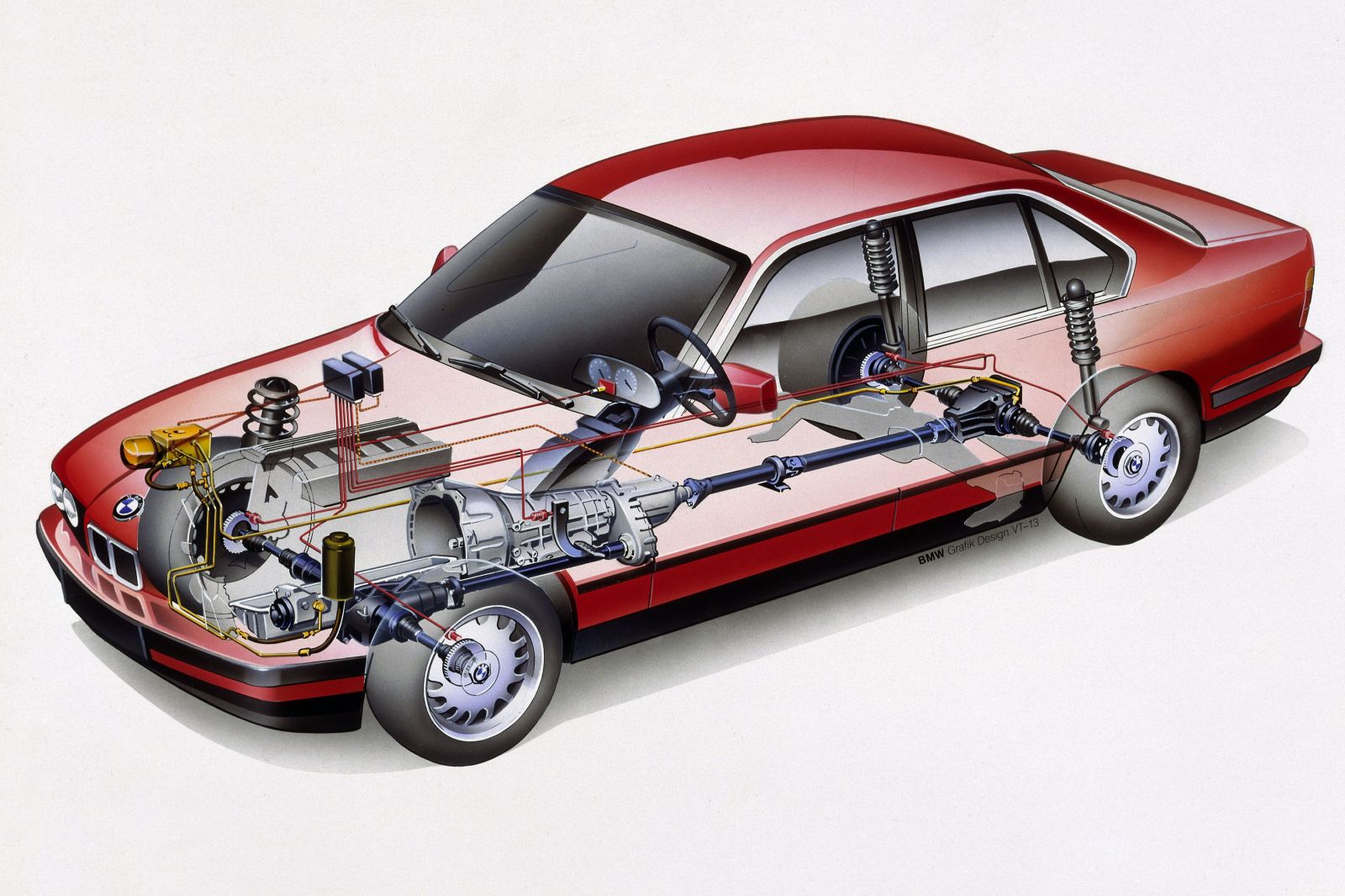
Key innovations: Touring wagon body, all-wheel drive, traction control, V8 power, variable valve timing, the list goes on.
BMW 5-Series E39 (1996-2003)
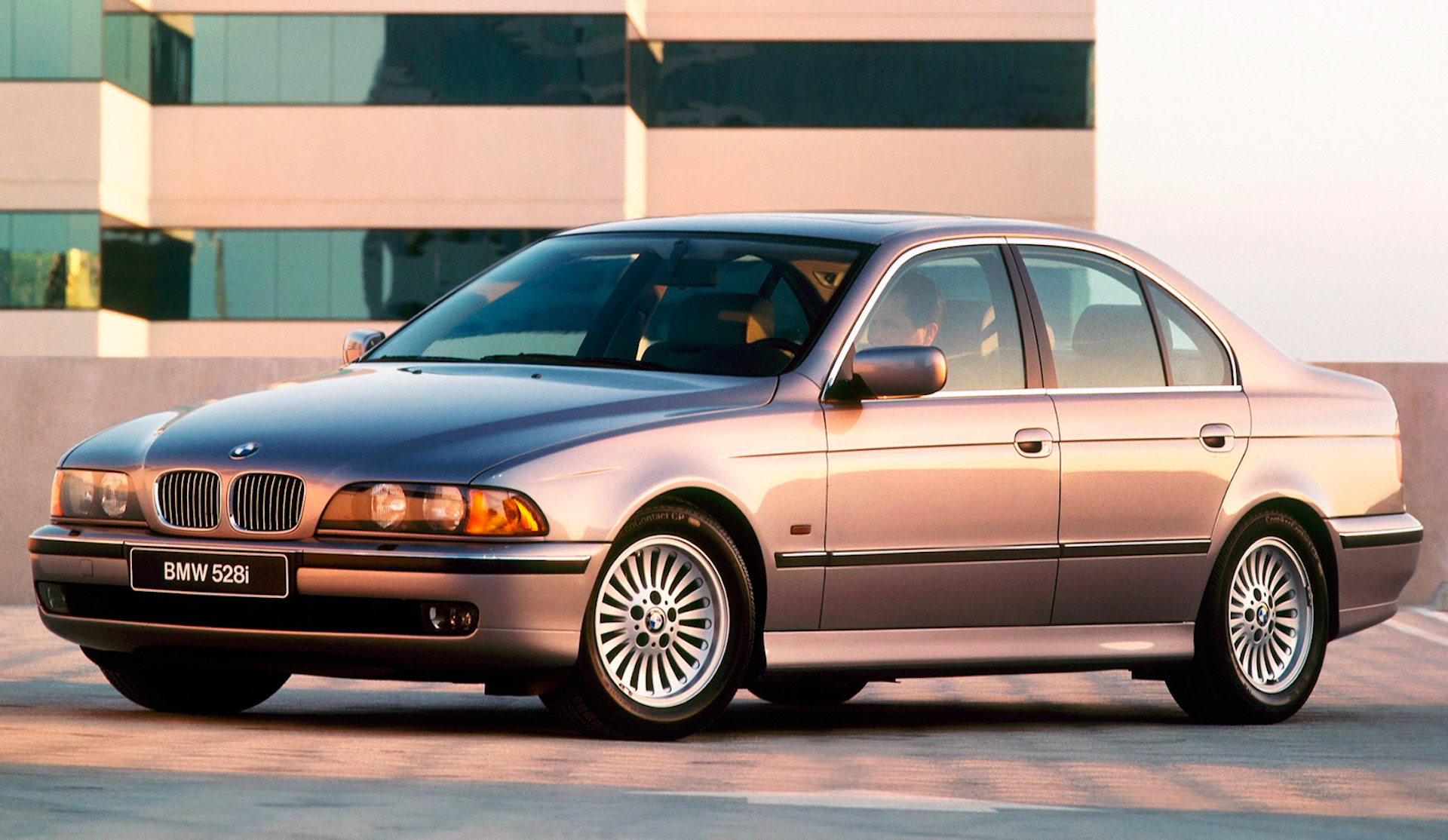
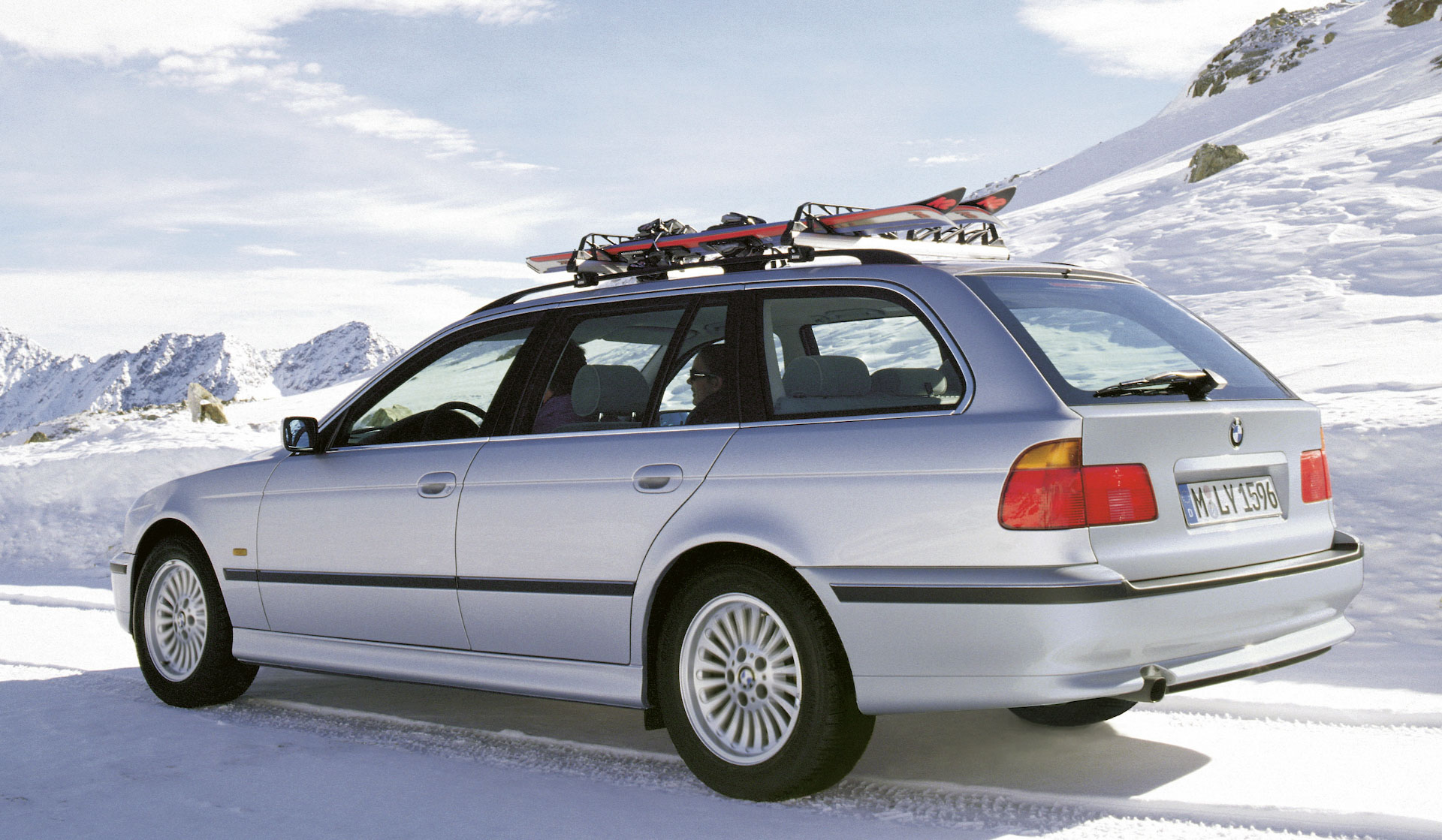
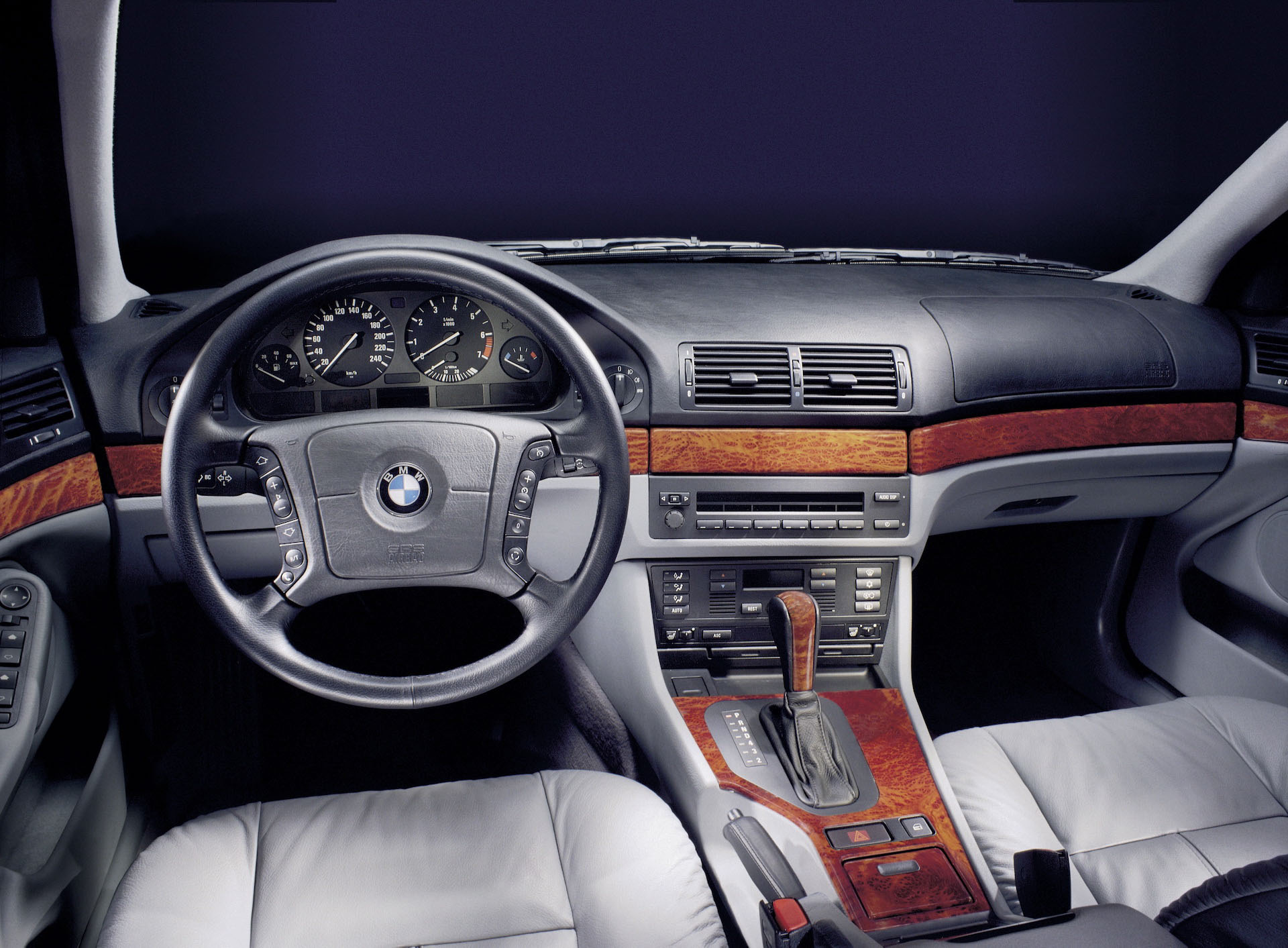
Chris Bangle’s E39 5-Series premiered a wider, lower look and integrated the grille kidneys into the hood for the first time. European cars swapped the heavy cast-iron M50 sixes for the new M52 that featured an aluminum block, and also in Europe, the diesel 5-Series grew in importance, its engine lineup expanding to include a four-cylinder diesel for the first time.
Fast Fives: The M5 switched to a new S62 5.0-liter V8 that made 394 hp (400 PS), and was the first M5 to be built on the main 5-Series production line in Dingolfing, and not at M’s Garching facility.
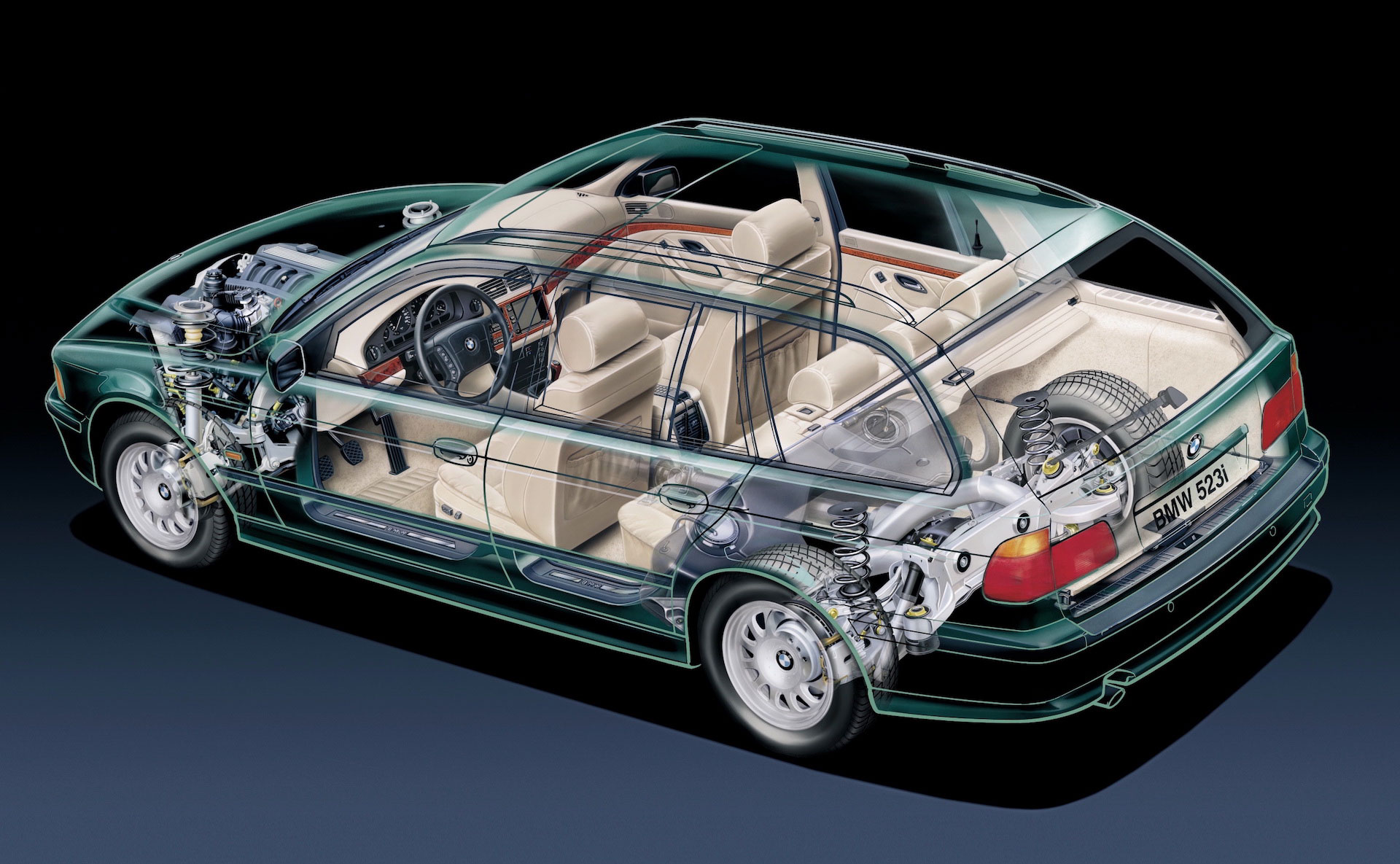
Key innovations: More airbags than a Scottish marching band, self leveling air suspension on the Touring, satellite navigation.
BMW 5-Series E60 (2003-2010)
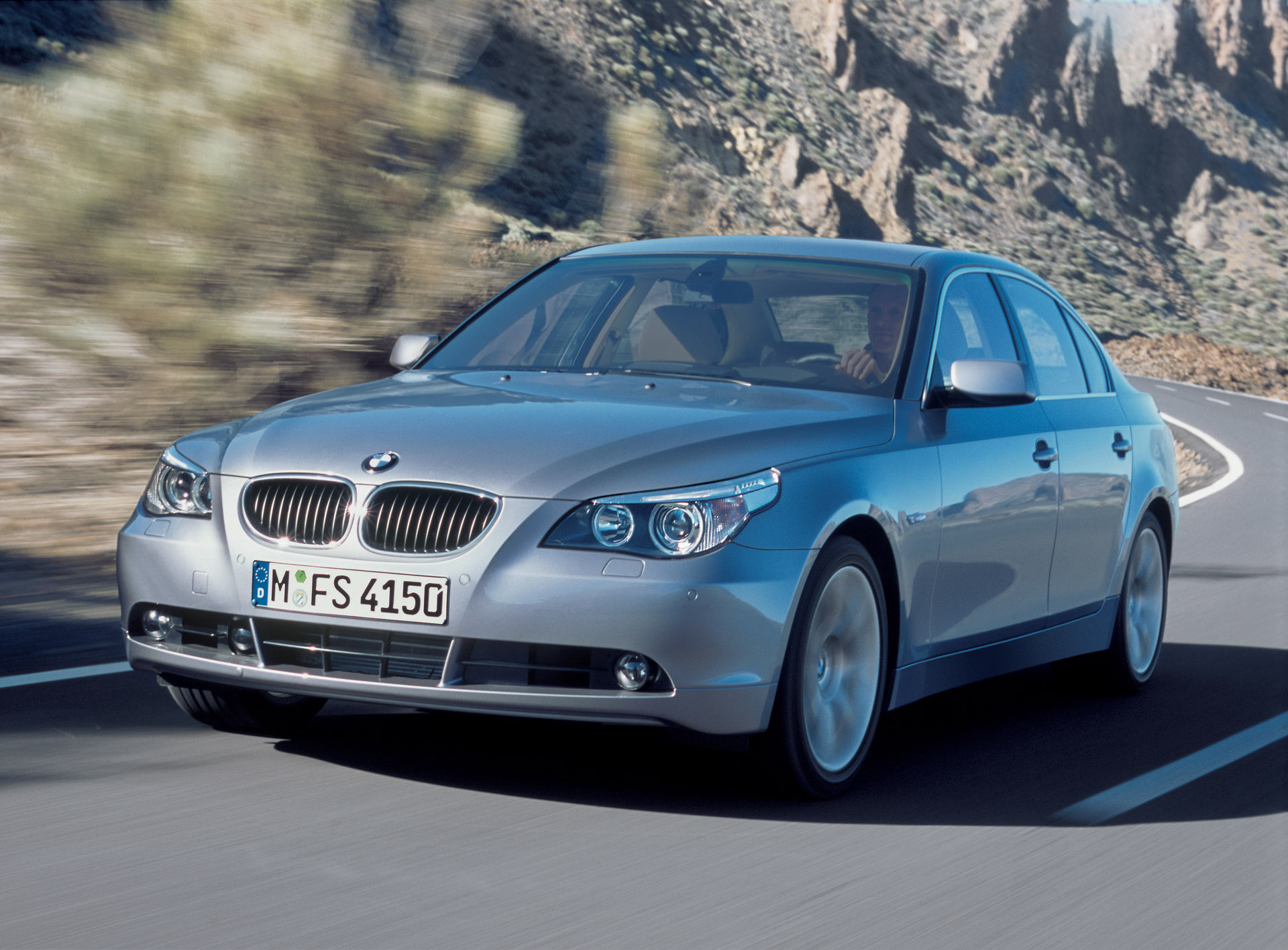
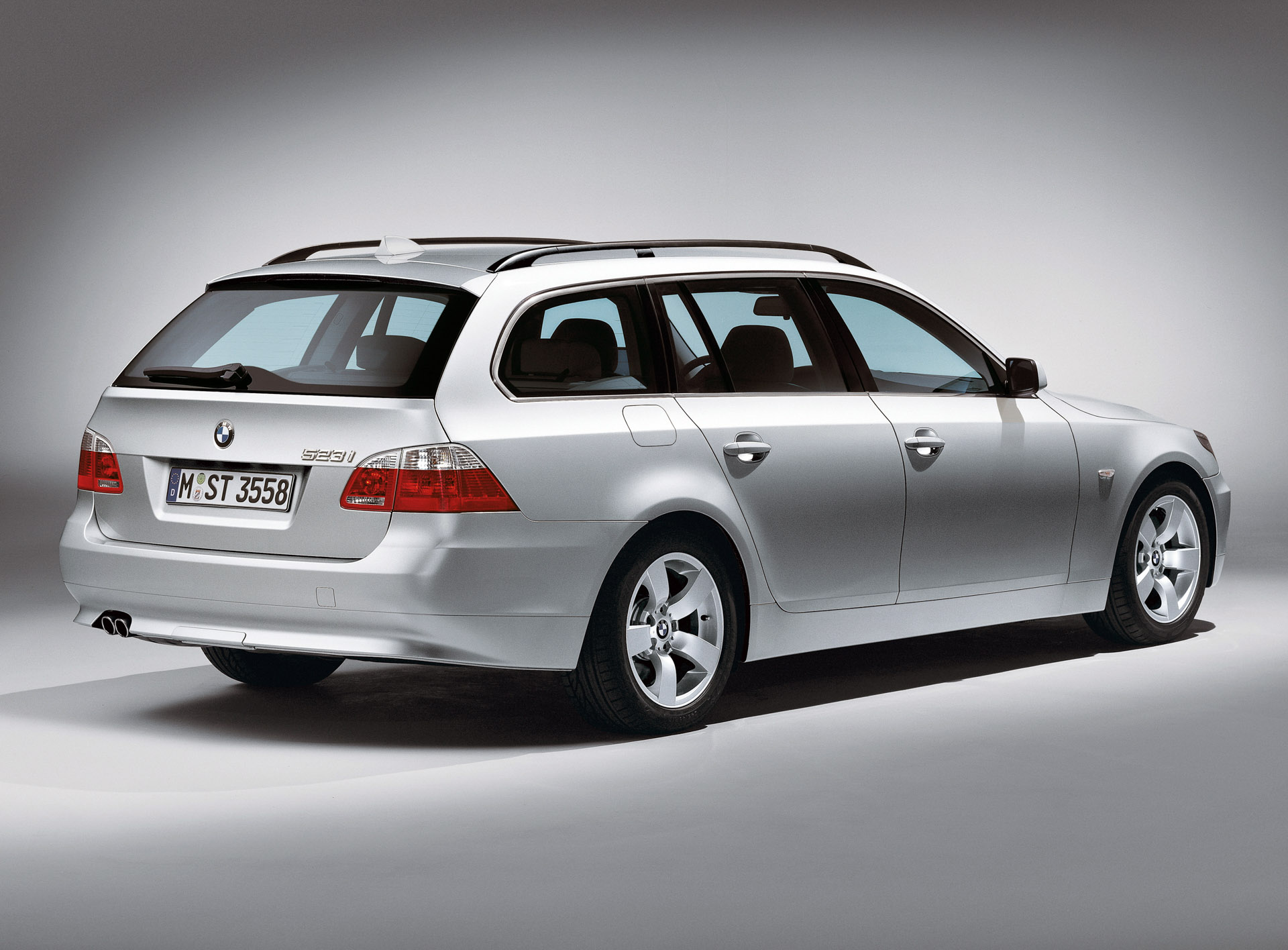
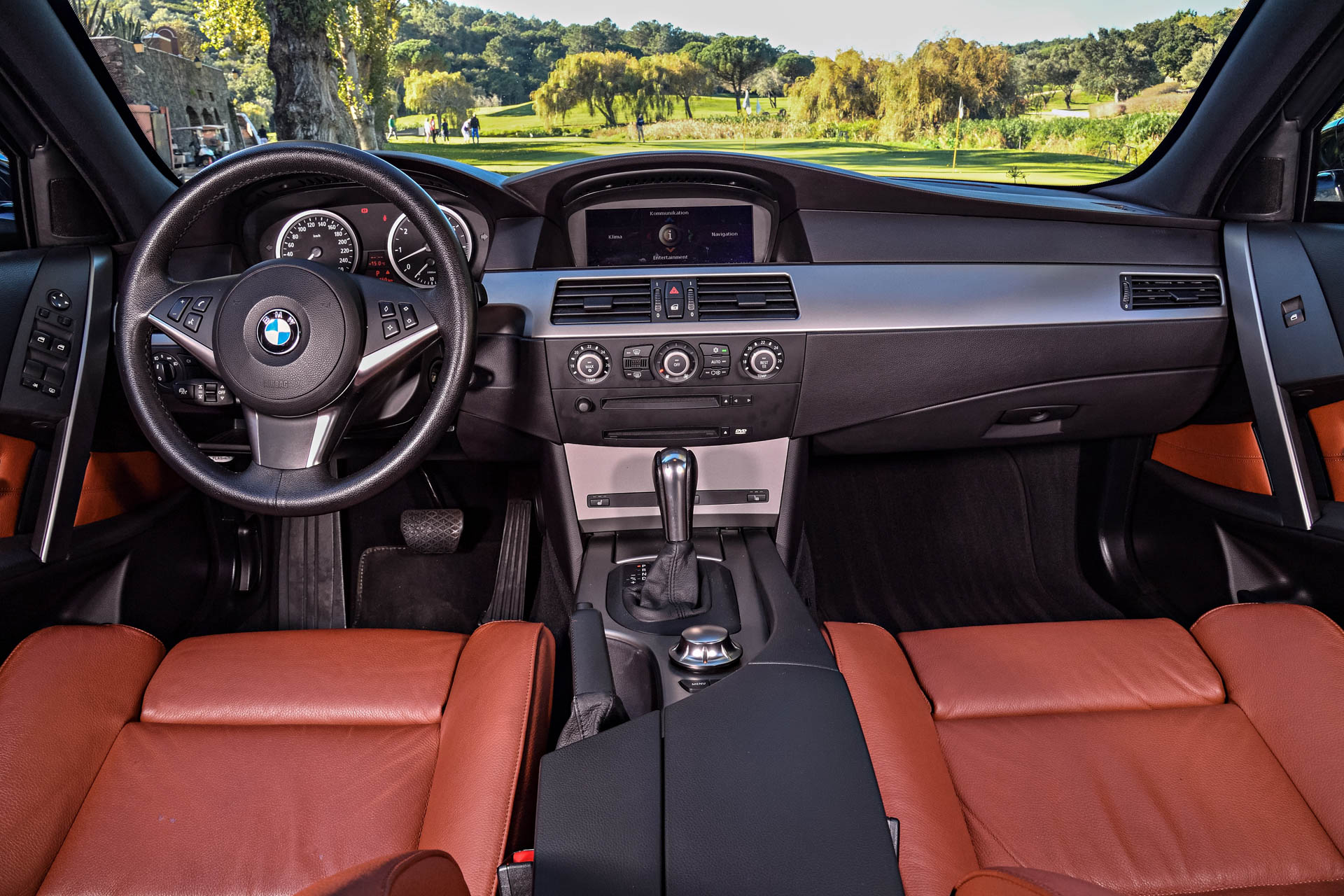
Related: BMW’s Gorgeous 3.0 CSL Hommage Spied Again Flaunting Its Unique Styling
Remember the fuss the E60’s styling caused? And it wasn’t just the way it looked on the outside that polarized opinion. The inside was equally controversial thanks to its cliff-face dashboard, recessed infotainment screen and BMW’s then-new iDrive controller, which had been massively simplified since its debut on the E65 7-Series, but still took a while to get the hang of.
Turbo technology allowed BMW to downsize engines during the E60’s life, swapping the entry level 520i’s 2.2-liter six for a 2.0-liter four, and giving the U.S.-market 3.0-liter straight-six 535i the same 302 hp (306 PS) as the 4.0-liter V8 540i sold in Europe.
Fast Fives: The 2004 M5 echoed the cylinder count in the company’s V10-powered Williams F1 cars, sounded almost as good, and seemed to have the same appetite for fuel. BMW launched the 5.0-liter, 500 hp (507 PS) monster as a sedan with a clunky sequential manual transmission, but Europe was later offered a Touring (which returned after skipping the E39 generation), while the U.S. got a six-speed manual option.
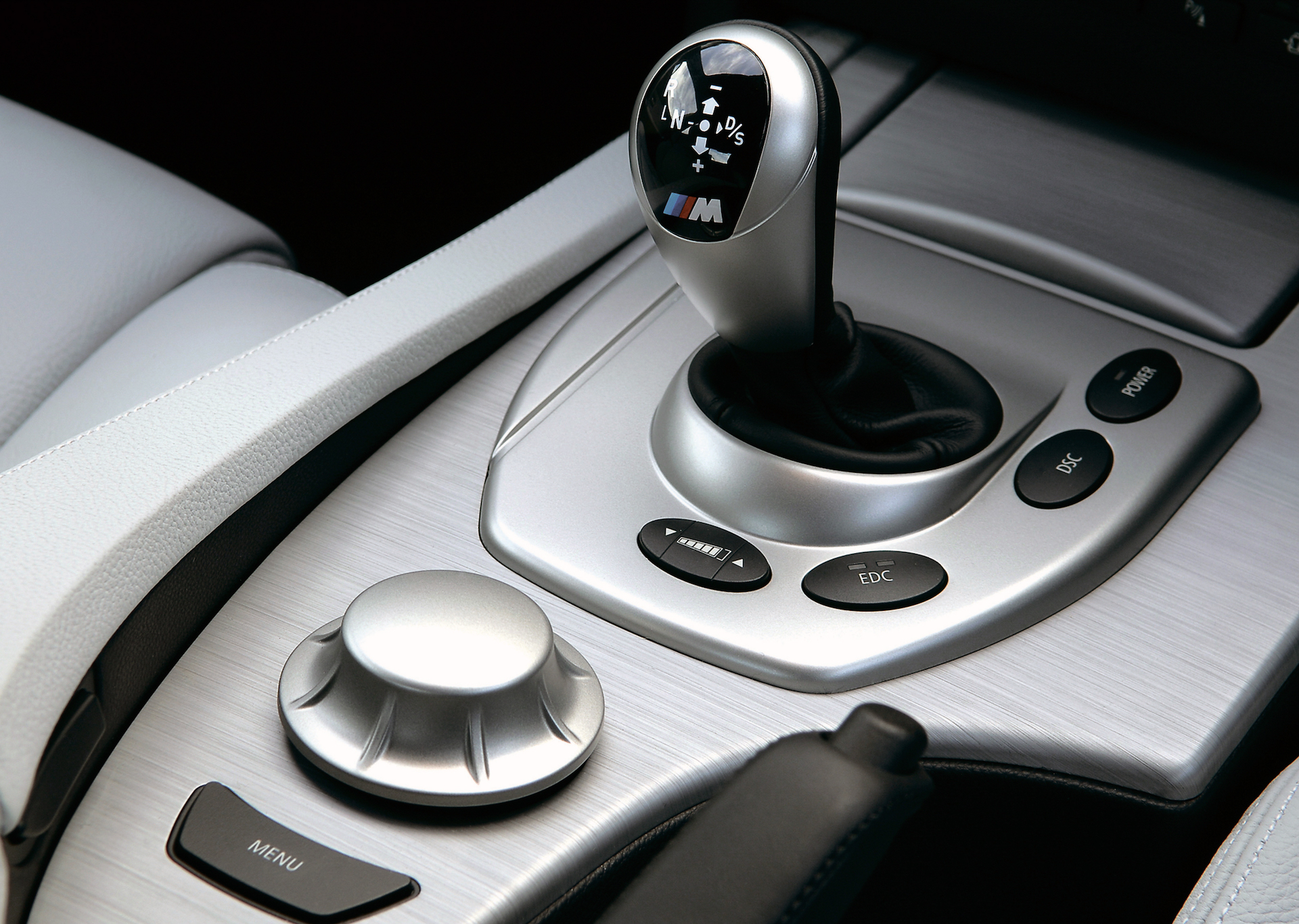
Key innovations: Active steering, adaptive headlights, adaptive cruise, iDrive, head-up display, paddleshift transmission, turbo gasoline engines.
BMW 5-Series F10 (2010-2017)
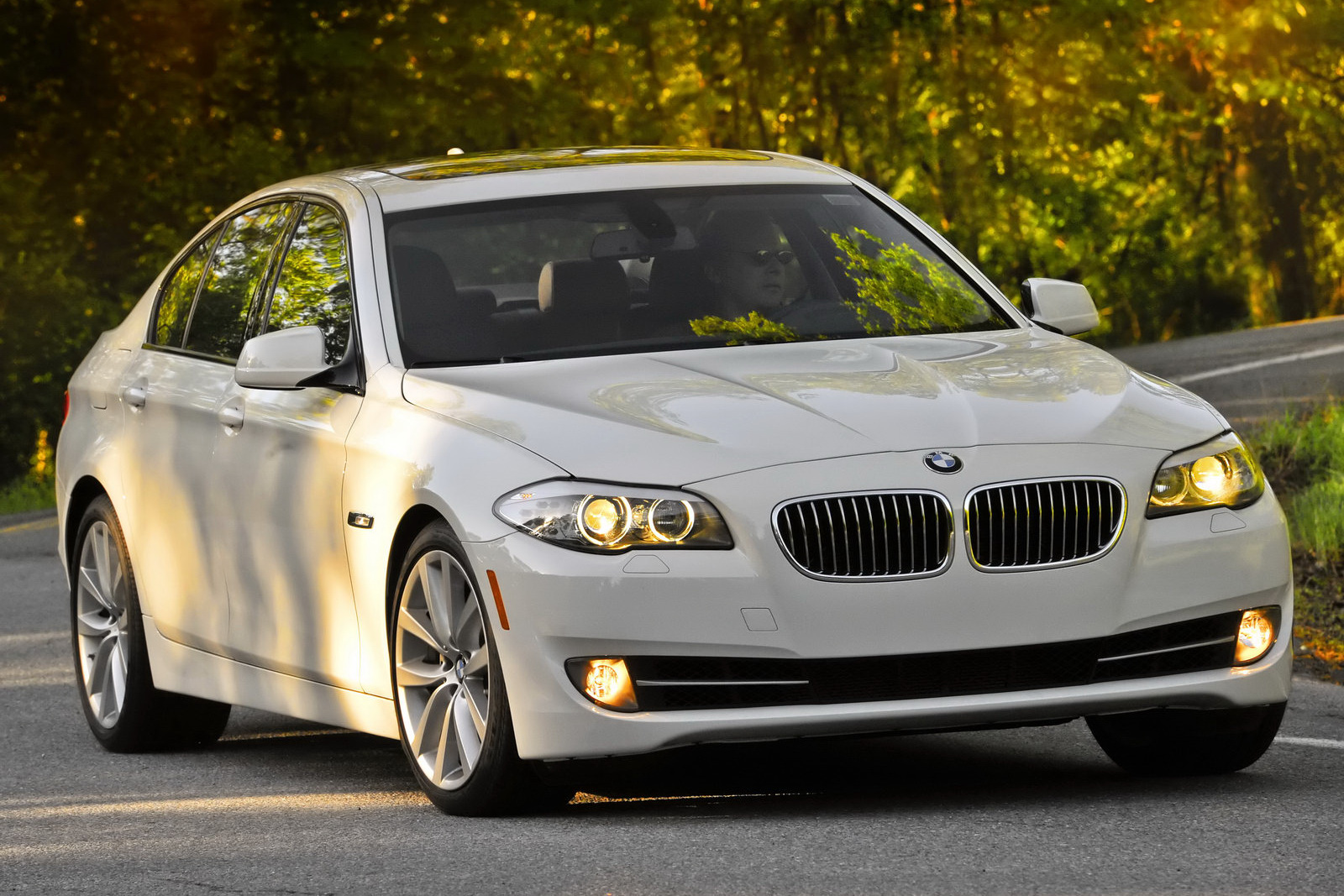
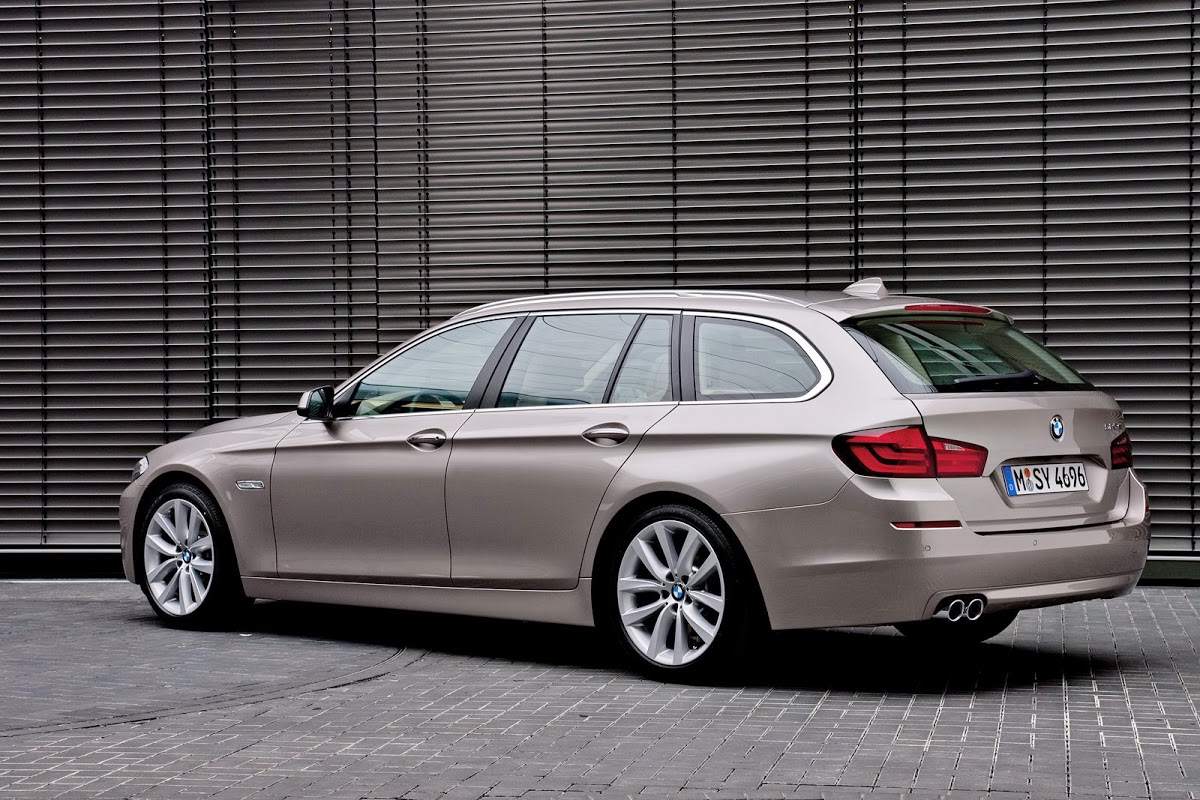
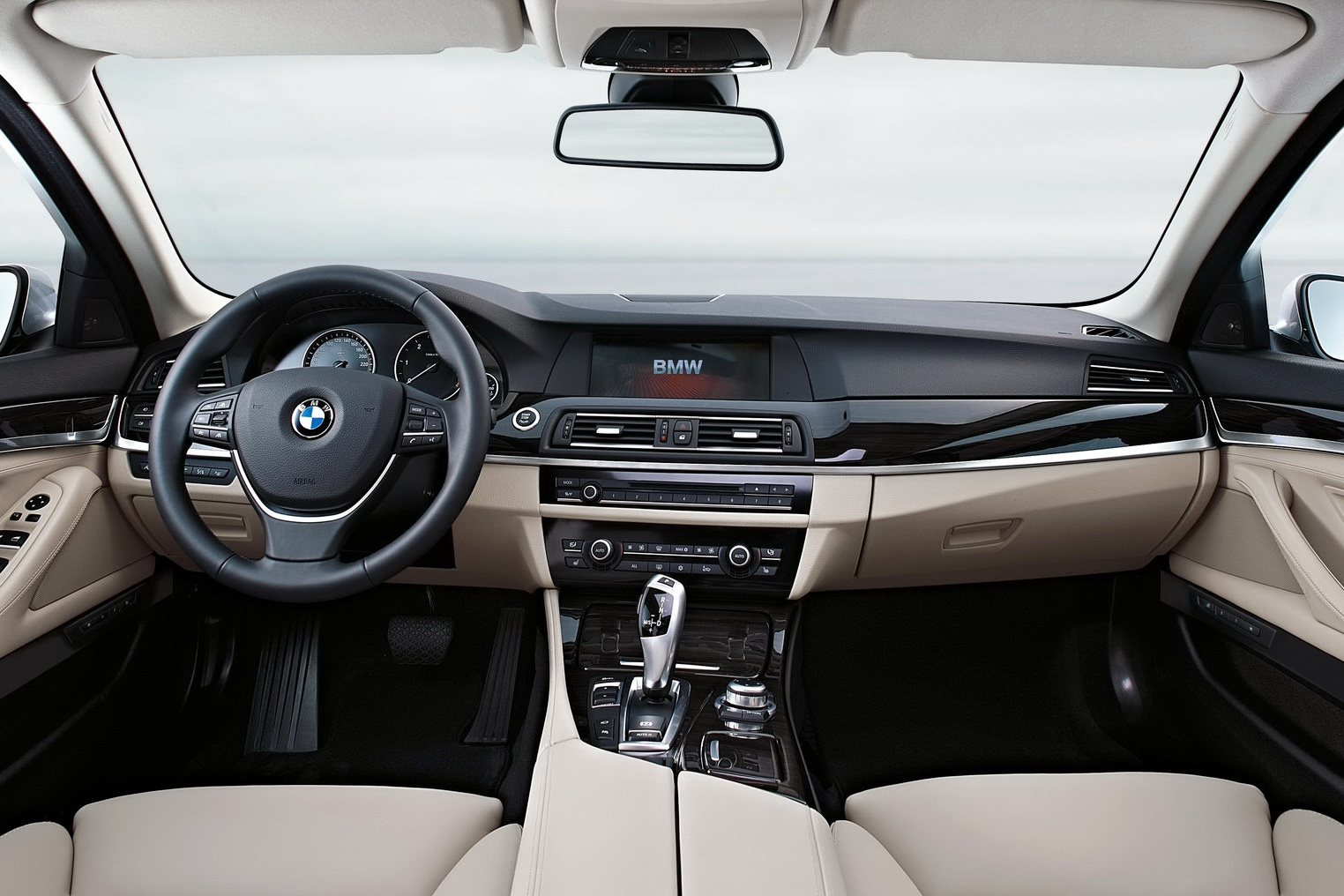
After causing a furore with the E60 5-Series, BMW played it safe with its F10 successor’s styling. And that grown-up theme extended to the ride and handling which took on a real luxury car feel thanks to double wishbone suspension.
The F10 brought even more turbo engines, including to the bonkers M550d diesel, which got three blowers to make 375 hp (381 PS). BMW also expanded the lineup with the fugly 5-Series Gran Turismo, a long-wheelbase fastback Five with plenty of interior space but a serious case of dad bod. More importantly, the 5-Series got its first hybrid during this era when the ActiveHybrid 5 fused an N55 3.0-liter turbo six and electric motor to deliver a combined 335 hp (340 PS).
Fast Fives: The 2012 M5 mellowed slightly, trading in its screaming naturally aspirated S85 V10 for a muted twin-turbo V8 and all-wheel drive. At least power was up (to 553 hp/660 PS), and an additional 118 lb ft (160 Nm) and a smooth dual-clutch transmission made it easier to drive. A 2014 Competition Package added even more muscle, for a total of 591 hp (600 PS).
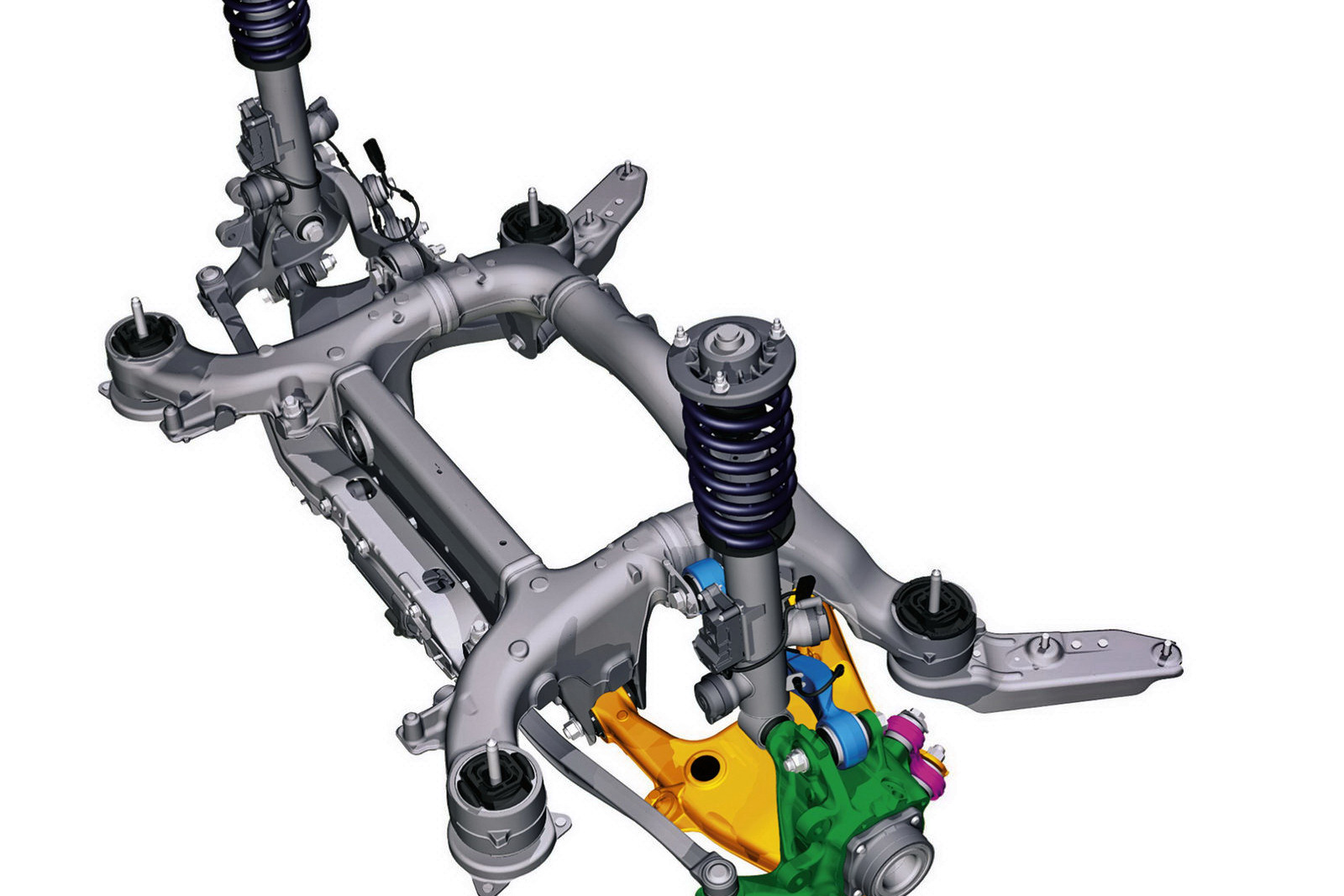
Key innovations: Hybrid engines, turbocharged V8s, triple-turbo diesels, double wishbone suspension.
BMW 5-Series G30 (2017-2023)
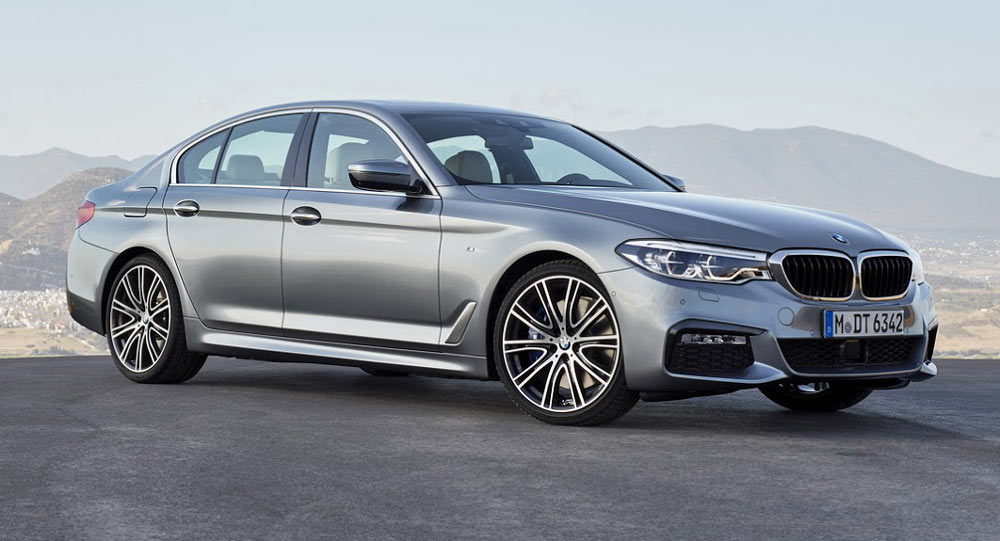
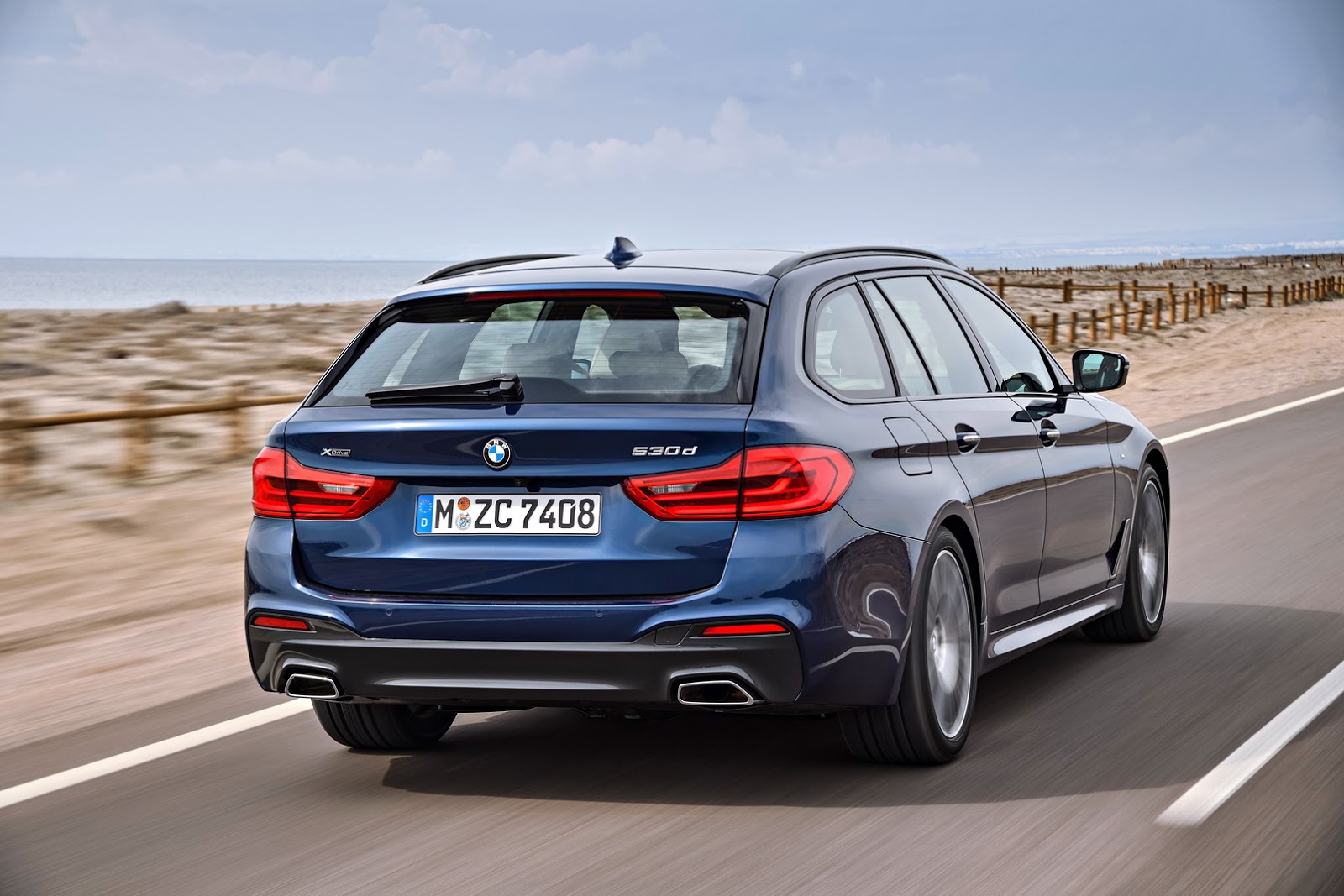
Related: 2023 BMW M4 50 Jahre Edition Is Dripping With Colorful Appeal
The G30 5-Series is like an F10 after a Men’s Health body transformation challenge: still recognizable, but lighter (by as much as 100 kg/220 lbs), more muscular and sporting a fresh trim with the grays touched-in. That’s down to a switch to BMW’s new CLAR platform and the use of aluminum for most body panels.
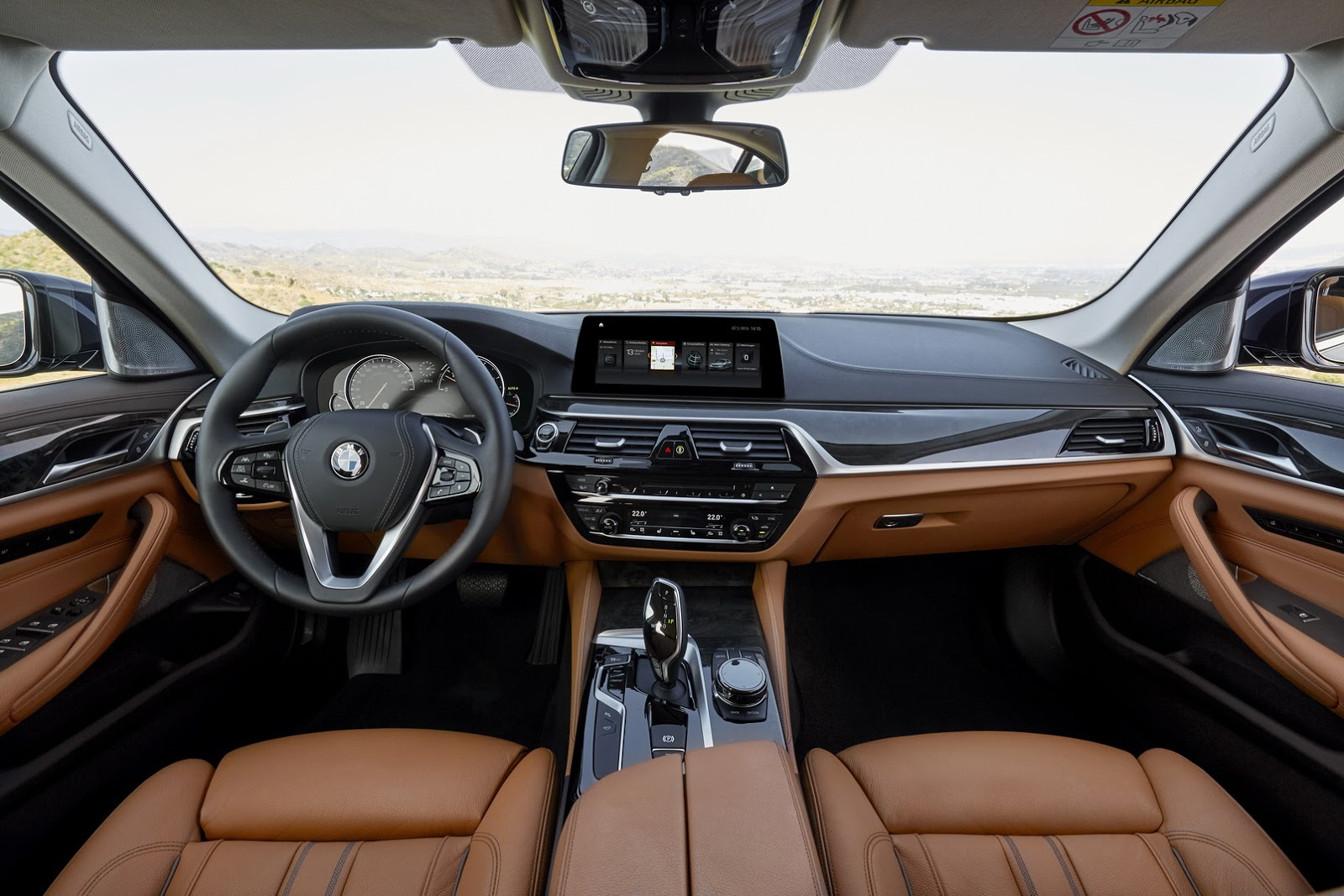
Driver assistance aids including remote parking by smartphone are some of the G30’s biggest advances, along with the introduction of the 5-Series’ first PHEV option, which soon became two options when the original four-cylinder, 248 hp (252 PS) 530e hybrid with its 21-miles (34 km) range was joined by a 389 hp (394 PS) 545e for 2021.
Fast Fives: Thought the previous F10 M5 was too boring? So did BMW, judging by what it served up as an encore. The G30 M5 carried over the S63 V8, and sadly lost the manual transmission option (two-pedal cars also swapped a DCT for a conventional auto), but the base engine matched the old Comp car’s 591 hp (600 hp), while adding 52 lb-ft (70 Nm) of torque, and the new Competition Pack liberated an extra 16 ponies for a serious 617 hp (625 PS) total.
But top dog is the CS, a carbon-intensive M5 that weighs 256 lbs (116 kg) less than the stock model, pushes out 626 hp (635 PS) and features four bucket seats.
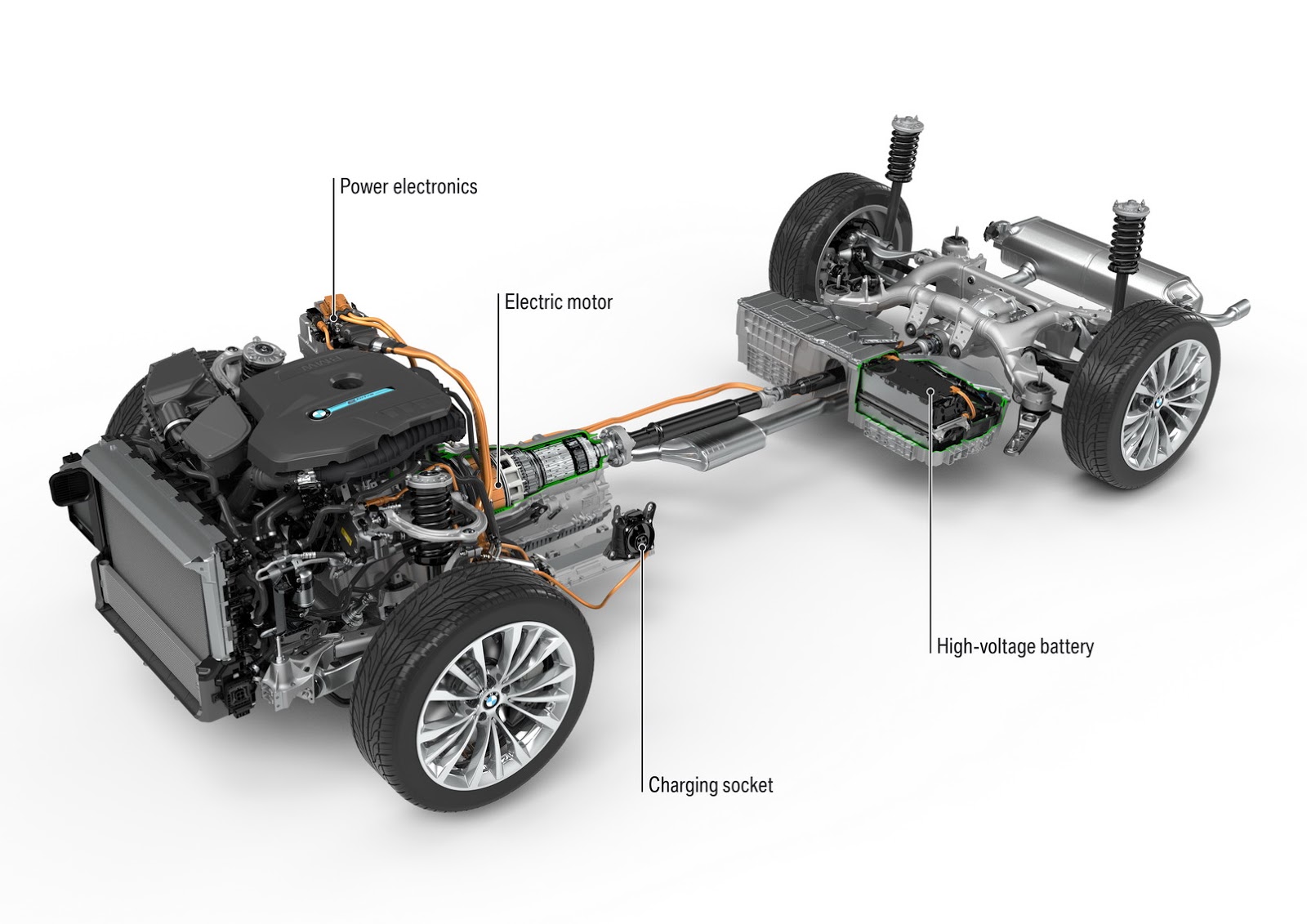
Key innovations: Rear-axle steering, PHEV tech, lightweight aluminum panels, laser headlights, driving assistance aids, remote control parking, gesture control, four turbos on the M550d!
BMW 5-Series G60 (2024)
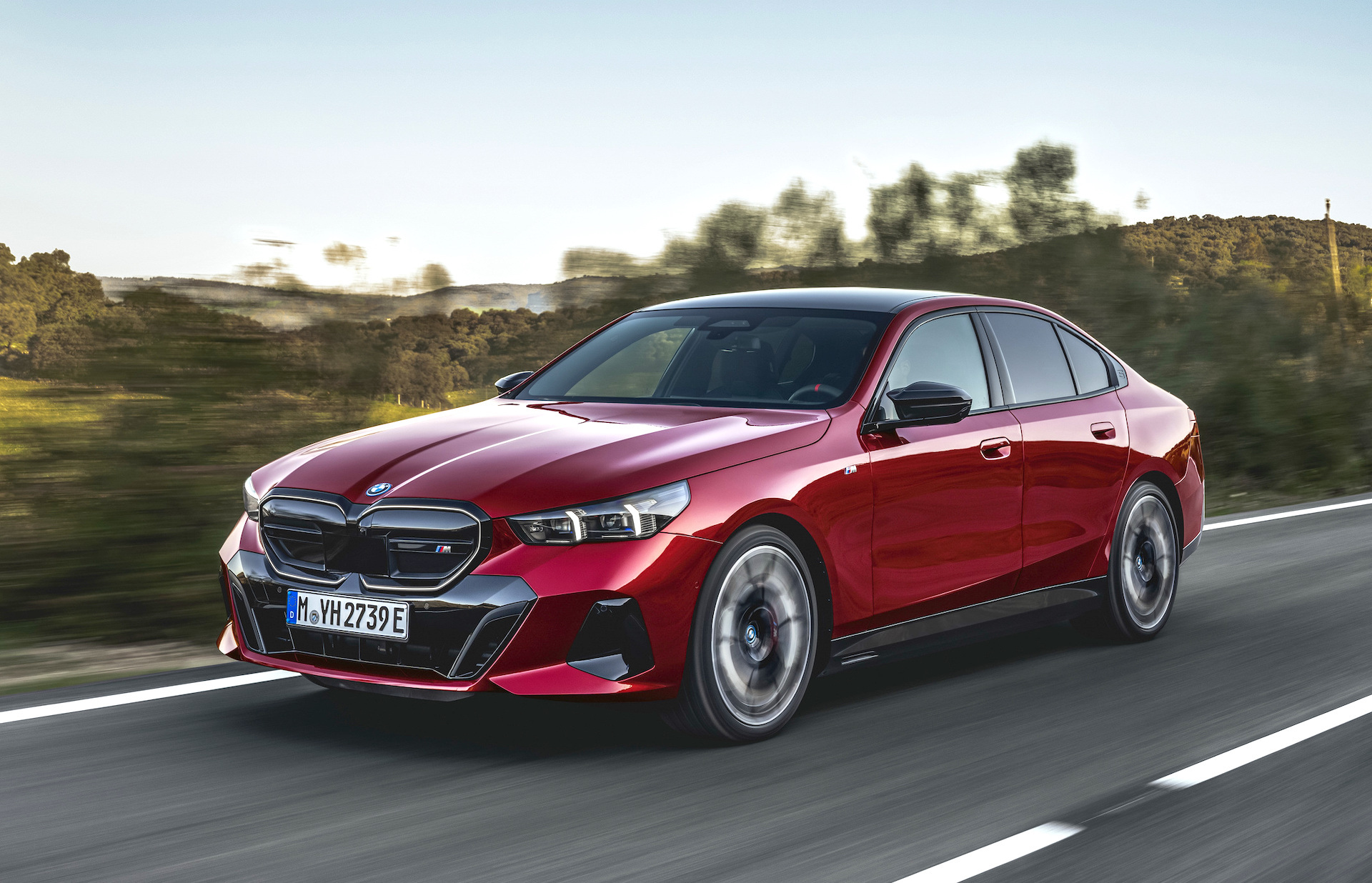
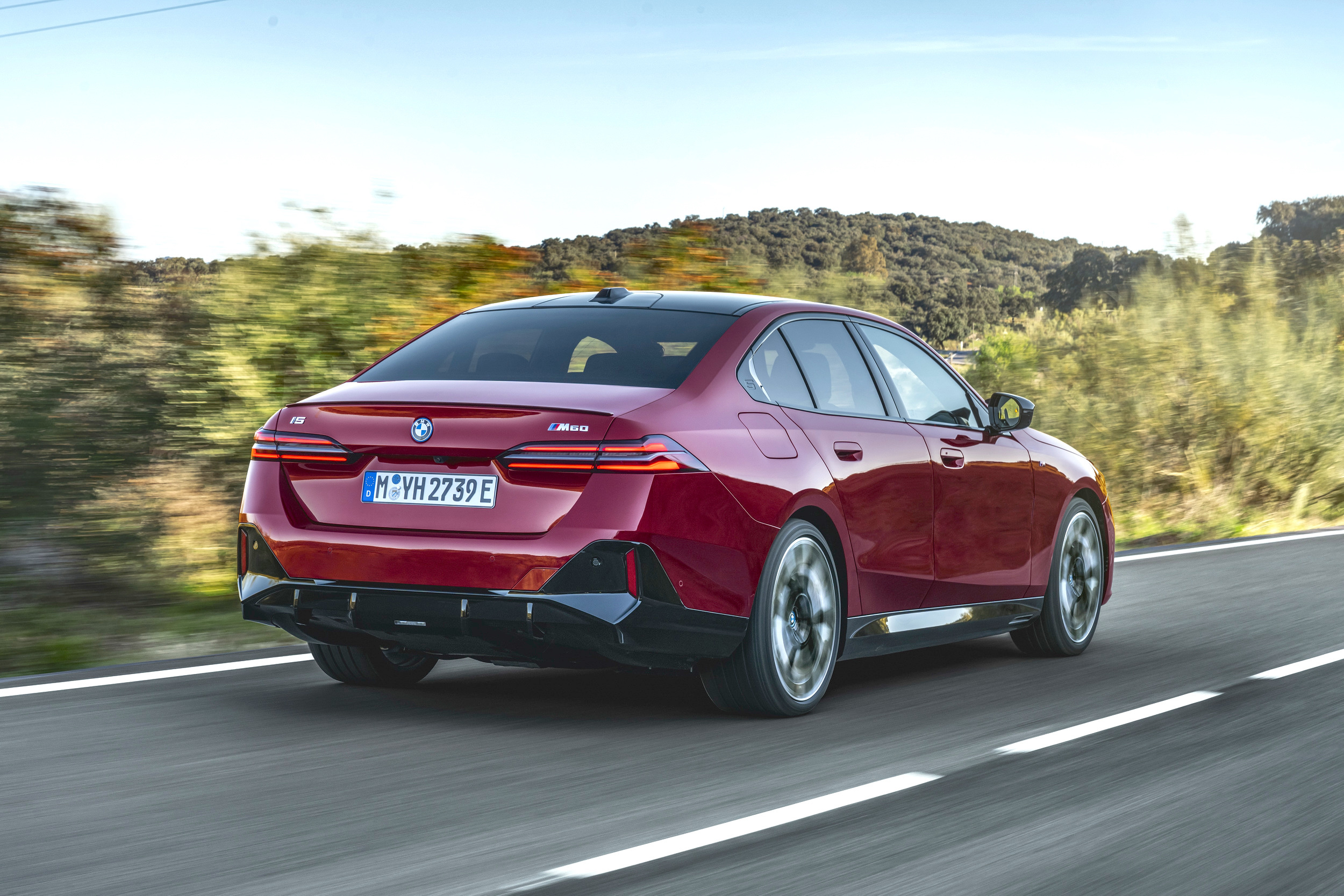
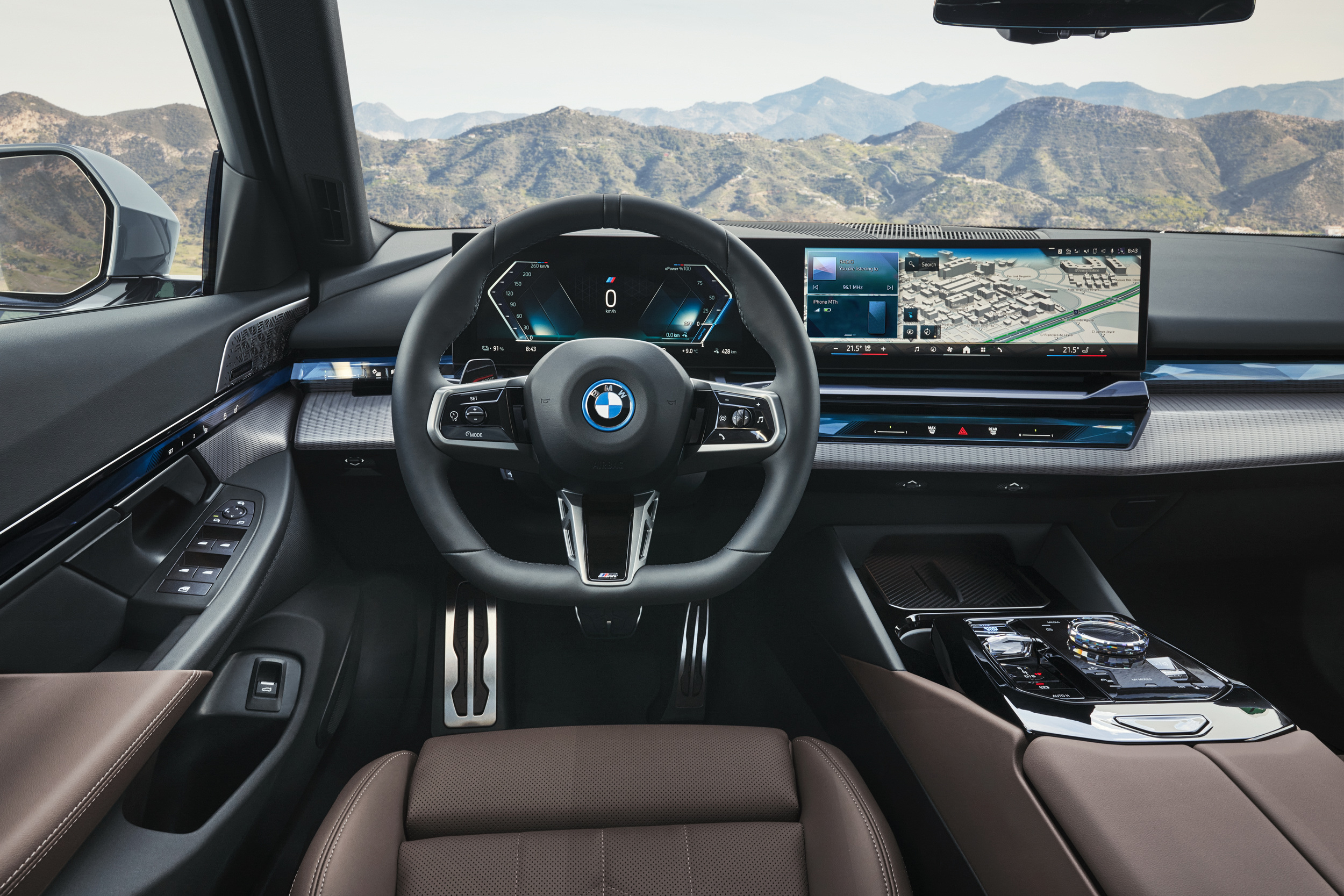
BMW resisted the urge to turn the 5-Series into a fashionable crossover, or give its midsize sedan a huge grille or the split-headlight treatment seen on its 7-Series big brother. So the eighth-generation Five presents as a fairly conventional four-door executive car, though there are some big changes going on under the skin.
The most important of those is the arrival of the i5, the first all-electric 5-Series. The two EV launch options are the 335 hp (340 PS) i5 eDrive40 and the 590 hp (598 PS) xDrive M60, though at least one more variant will be along next year to bridge the gap between the two.
Combustion fans are catered for by 2.0-liter inline fours and (in North America) the 375 hp (380 PS) 540i’s 3.0-liter six, but from next year BMW will be pushing the PHEV angle hard with plug-in versions of both four and six-pot motors. Whichever power source you go for you get the latest one-piece dashboard display and BMW’s iDrive 8.5.
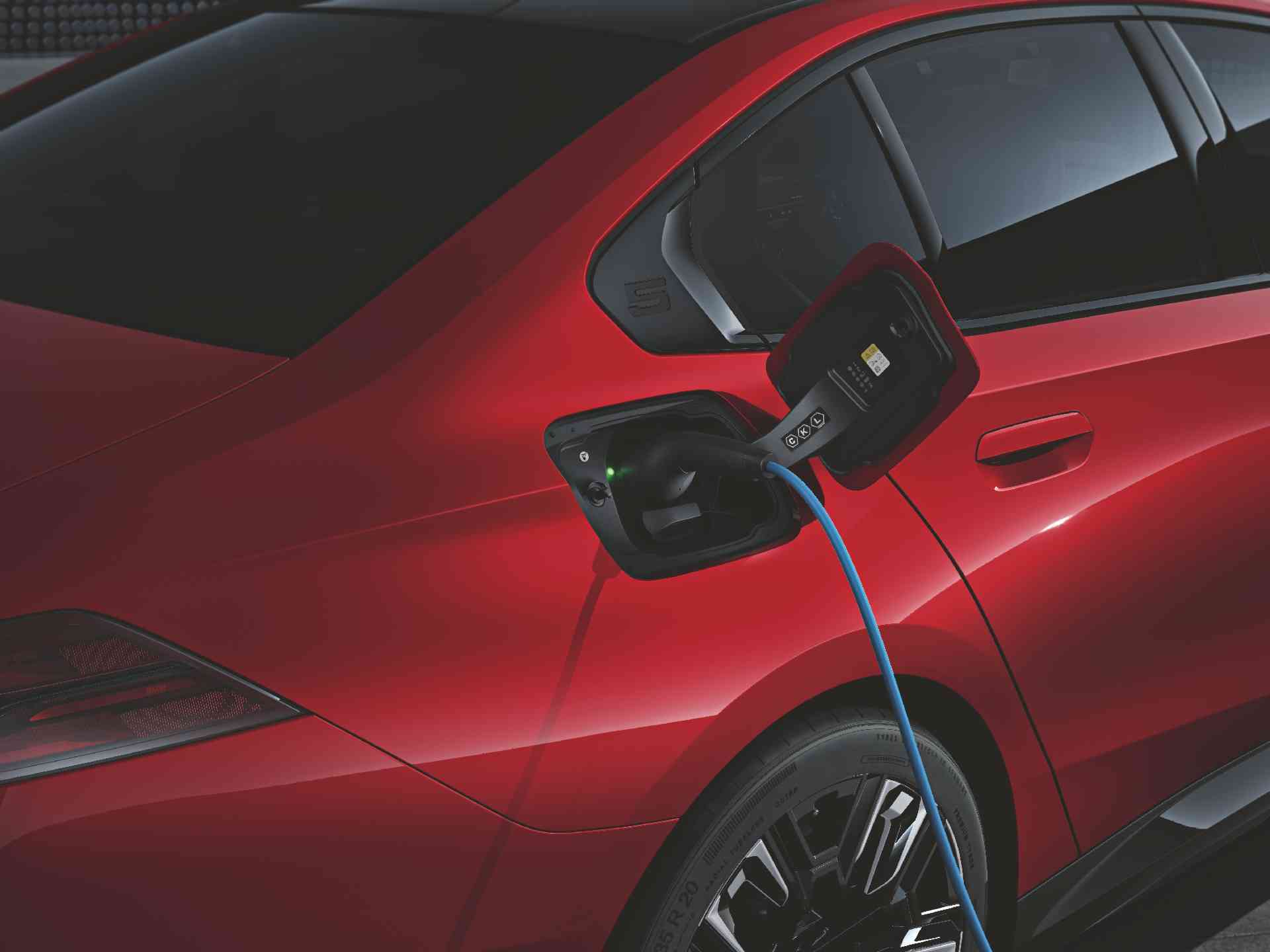
Key innovations: i5 electric 5-Series, 85 mph (138 kmh) hands-off driving with eye-activated lane change, in-car gaming, iDrive OS 8.5, 48-volt active roll stabilization.
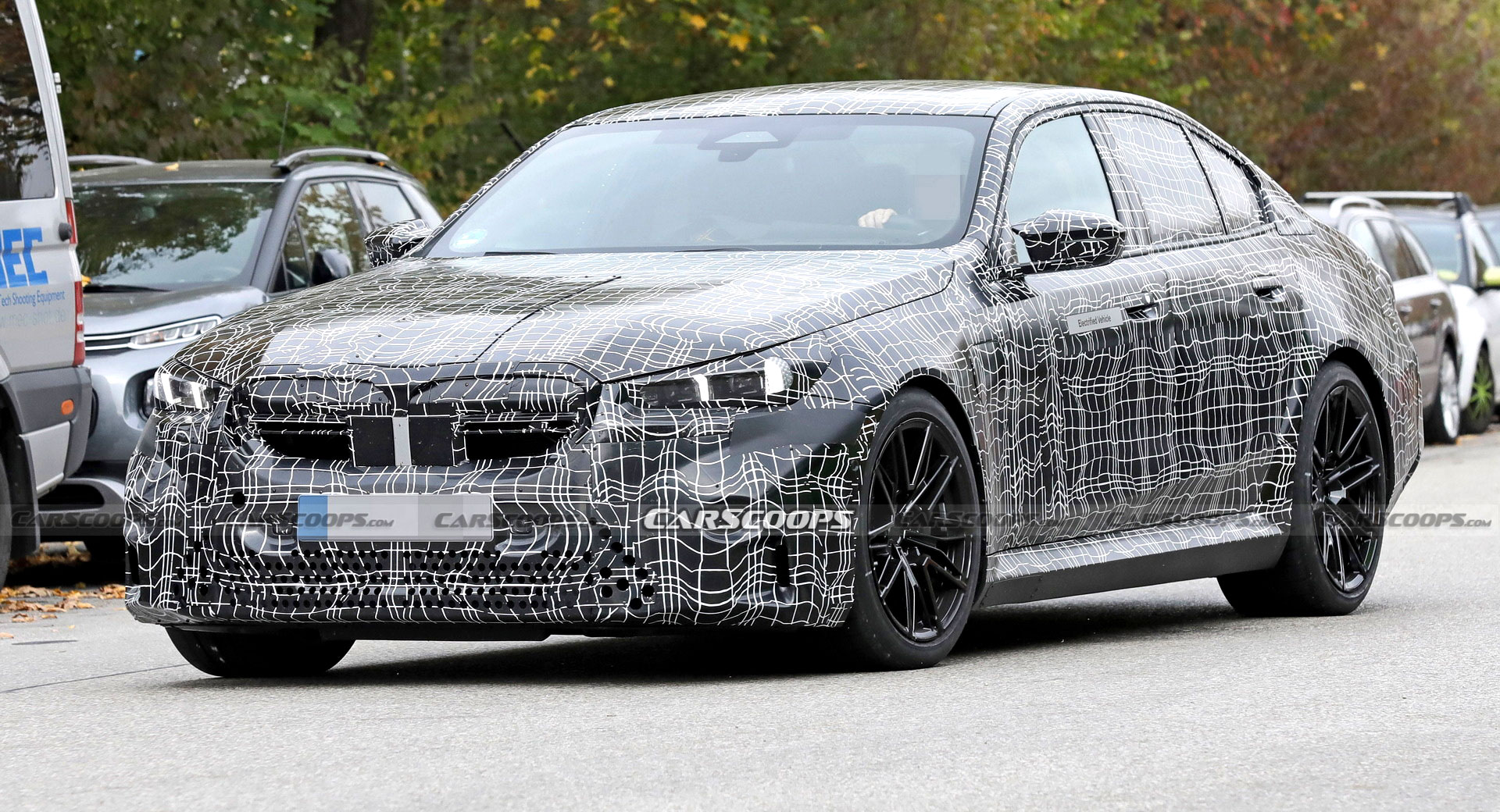
Fast Fives: We’re still a year away from getting an official look at the new G60 M5, but prototypes like the one pictured above have been testing for a while and are rumored to be equipped with the 4.4-liter PHEV V8 from the XM SUV. If BMW drops in the XM Label Red’s version of that powertrain, M5 buyers can look forward to 738 hp (748 PS) and a driveshaft-tormenting 738 lb-ft (1,000 Nm) of torque.
Which is your favorite generation of 5-Series and where do you think the model should go next? Would you like to see BMW turn it into a liftback or a crossover, or should the 5-Series stick to what it knows best? Does it even have a future when it’s so comprehensively outsold by the X5? Drop a comment down below and let us know your 5-Series thoughts.




